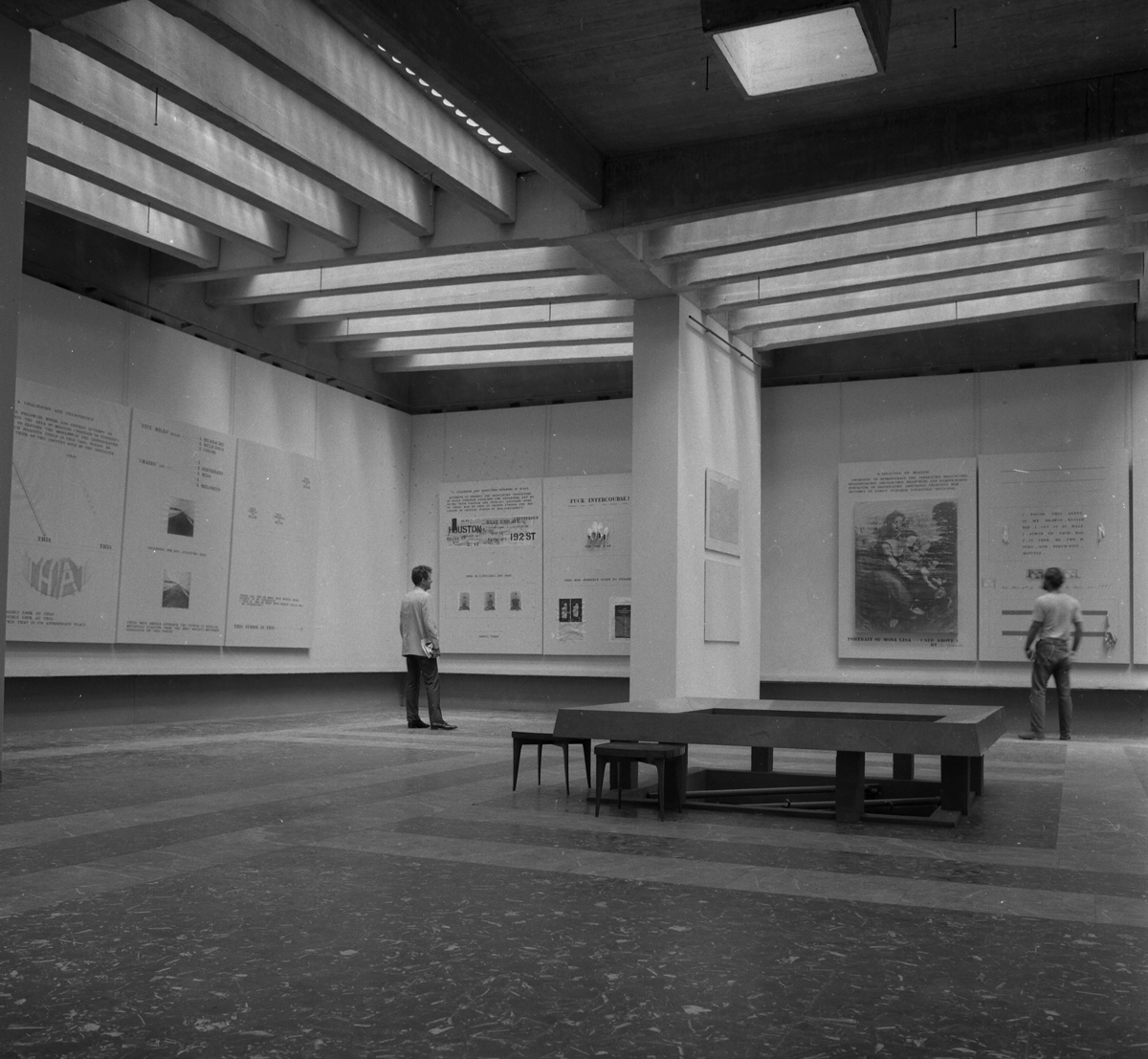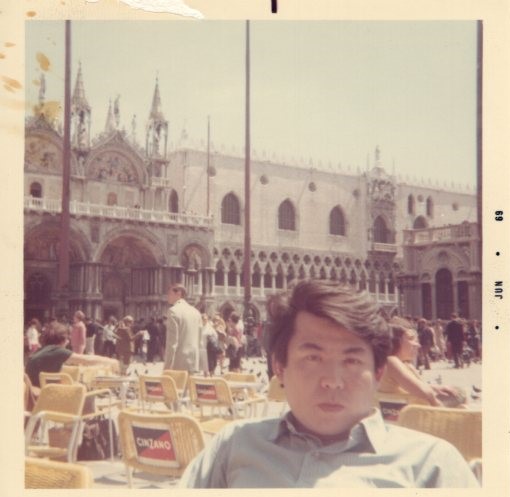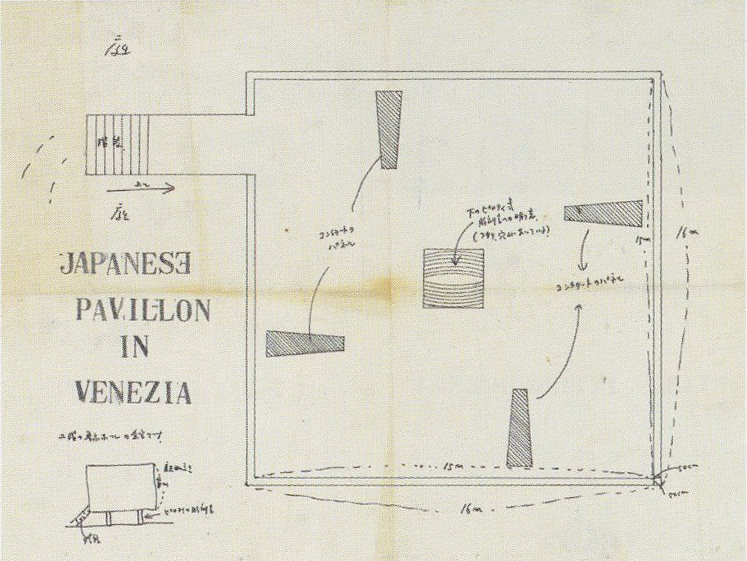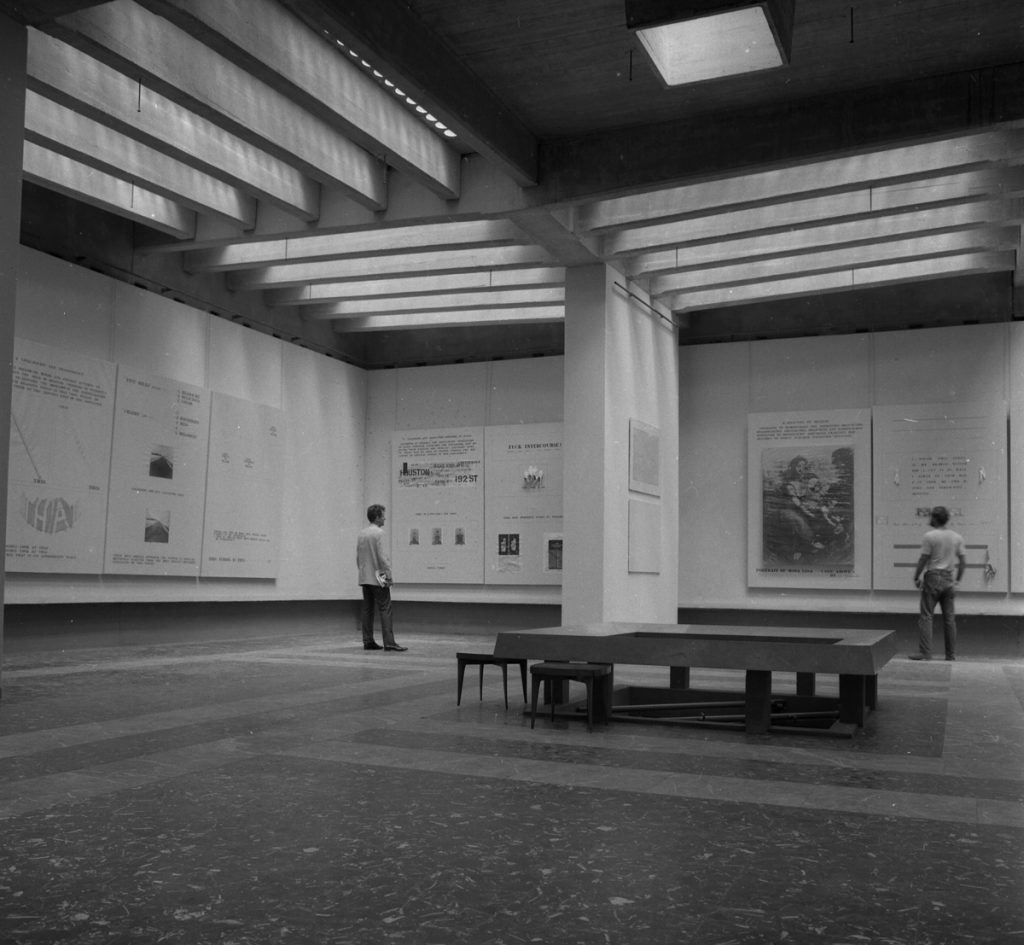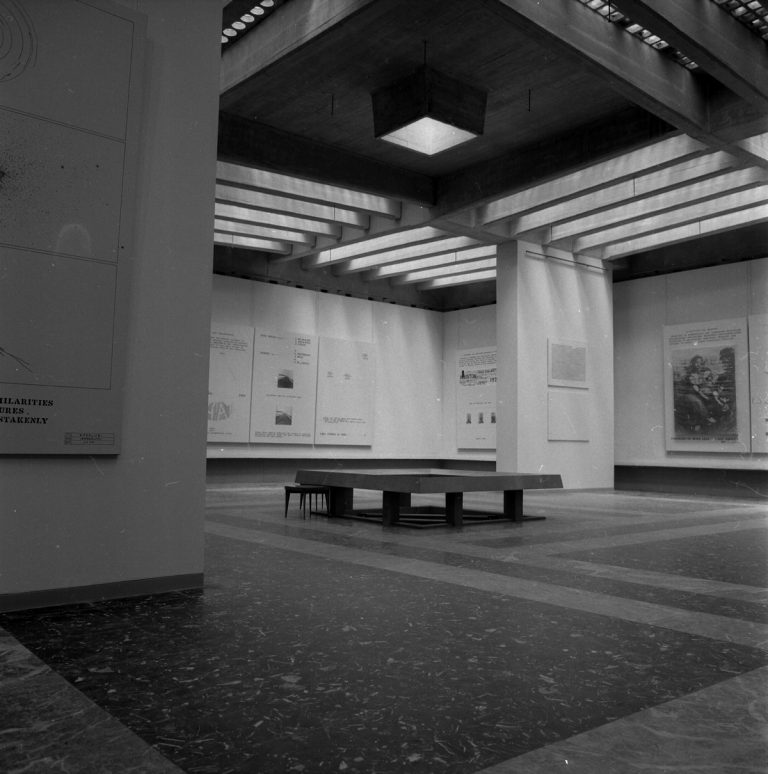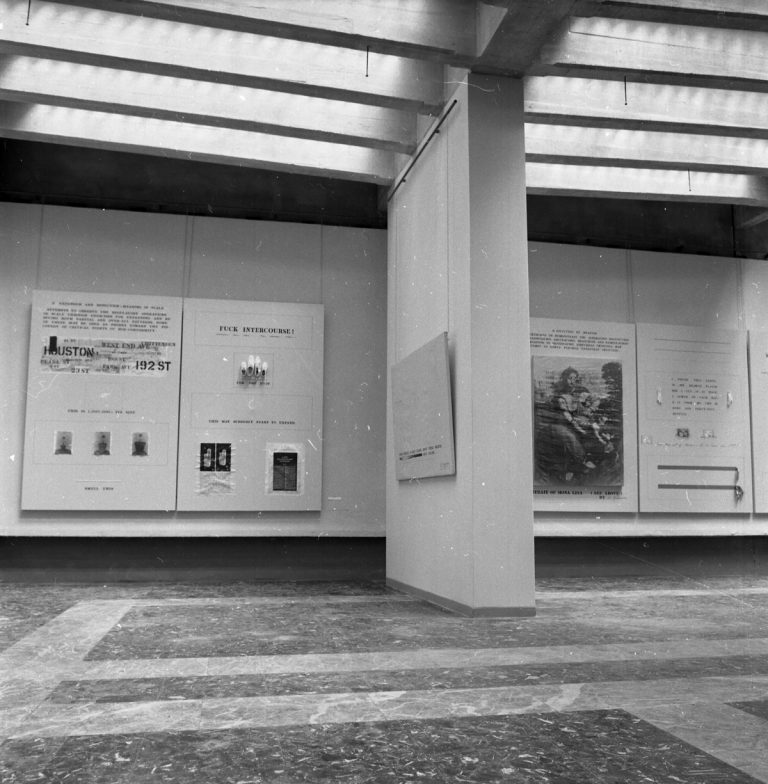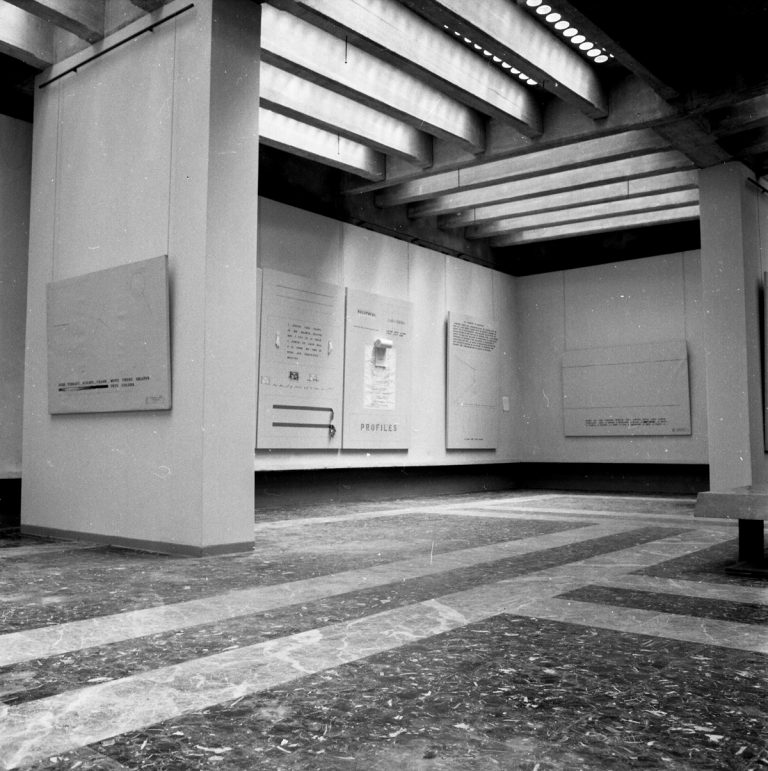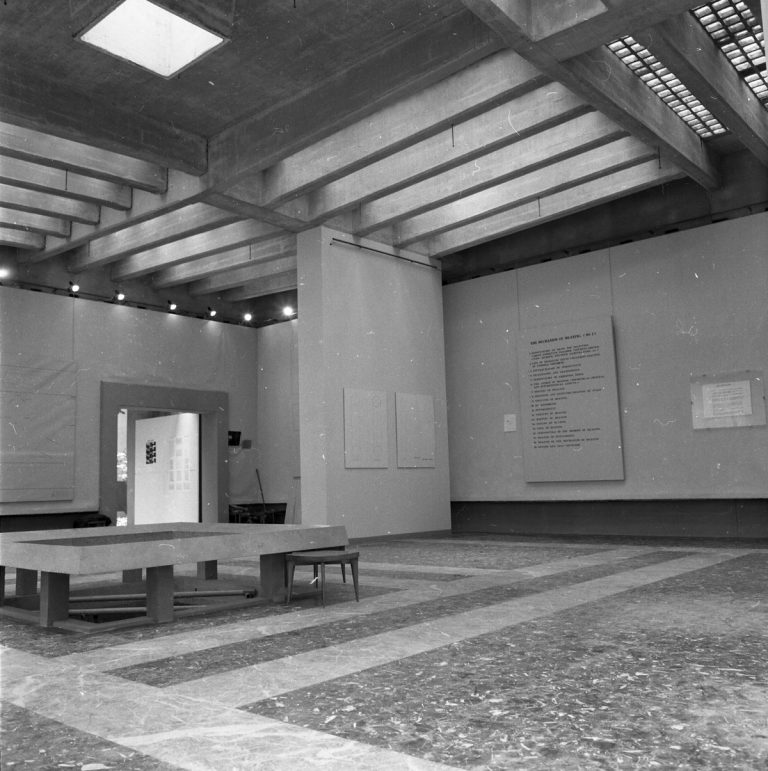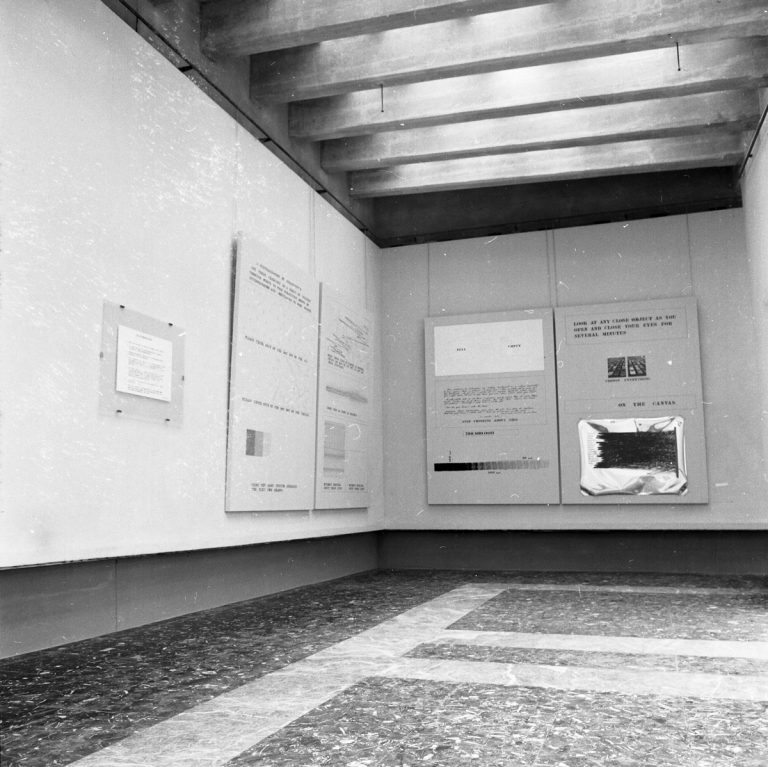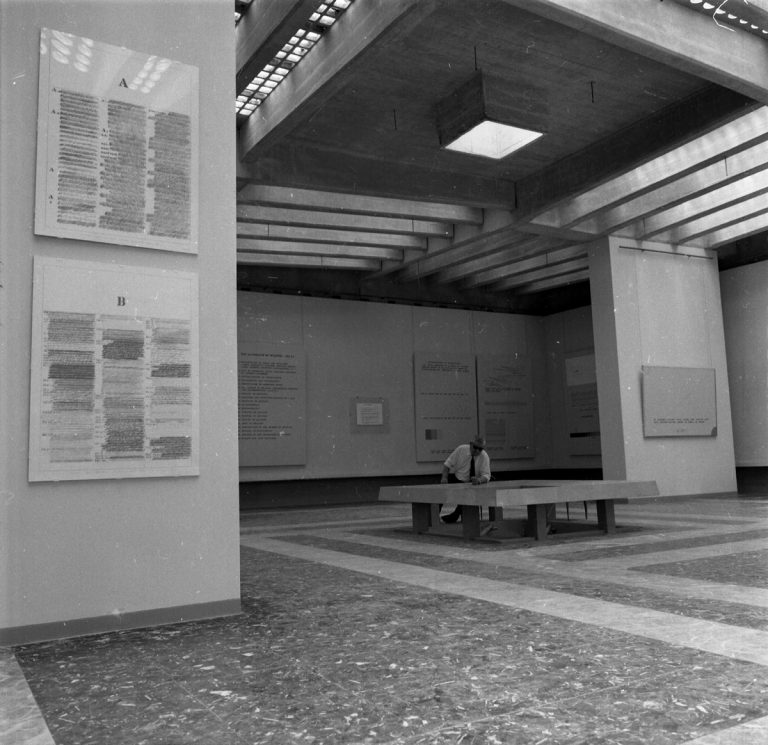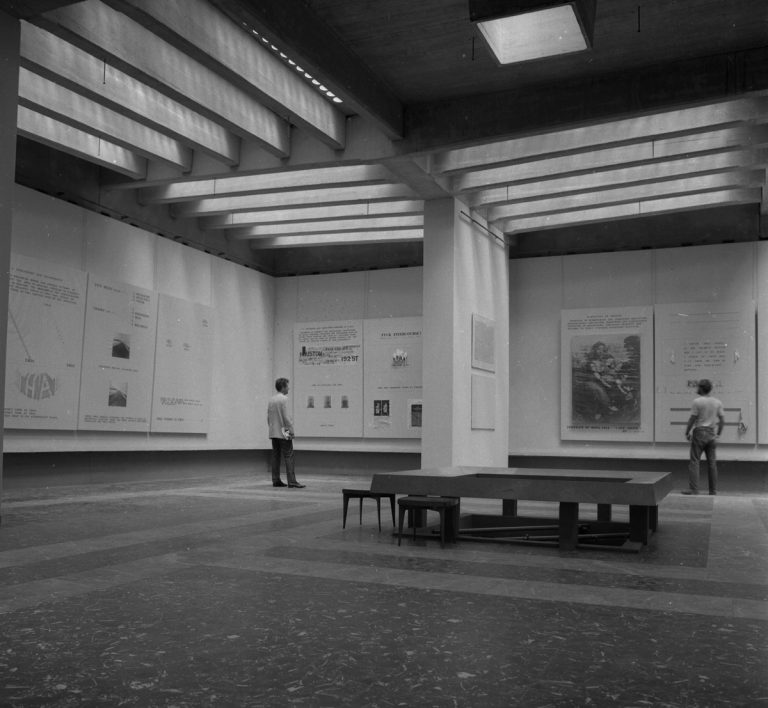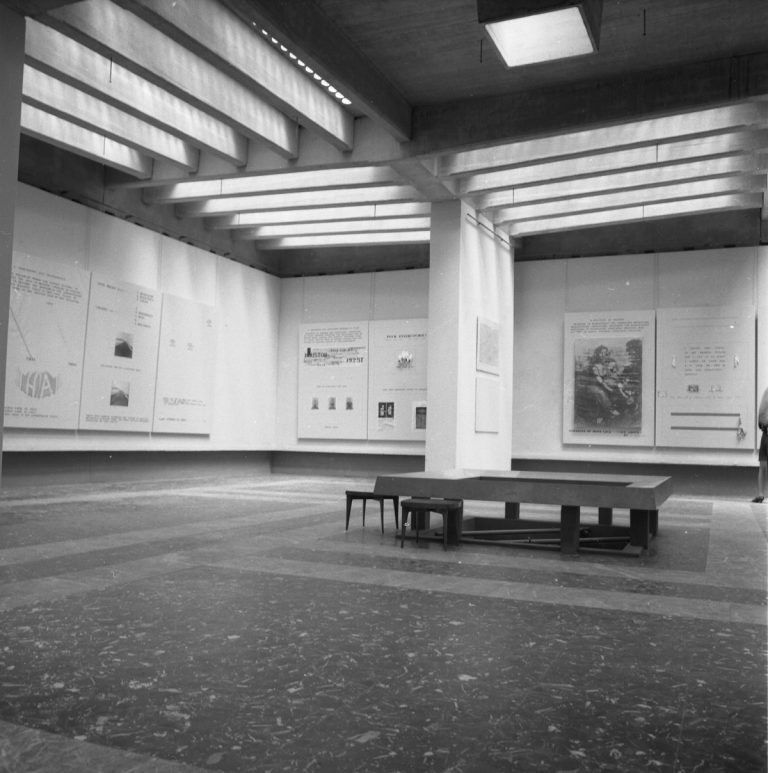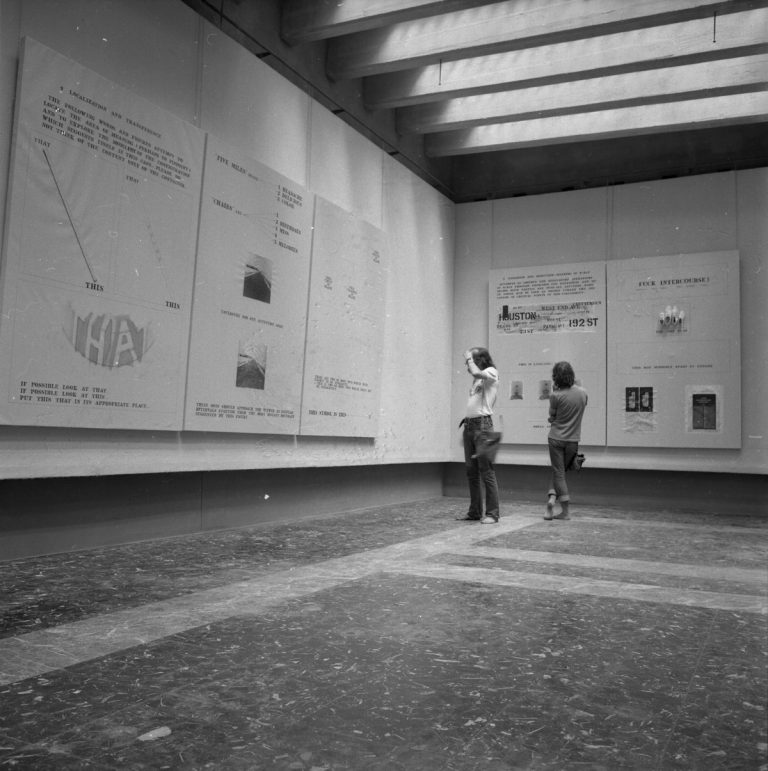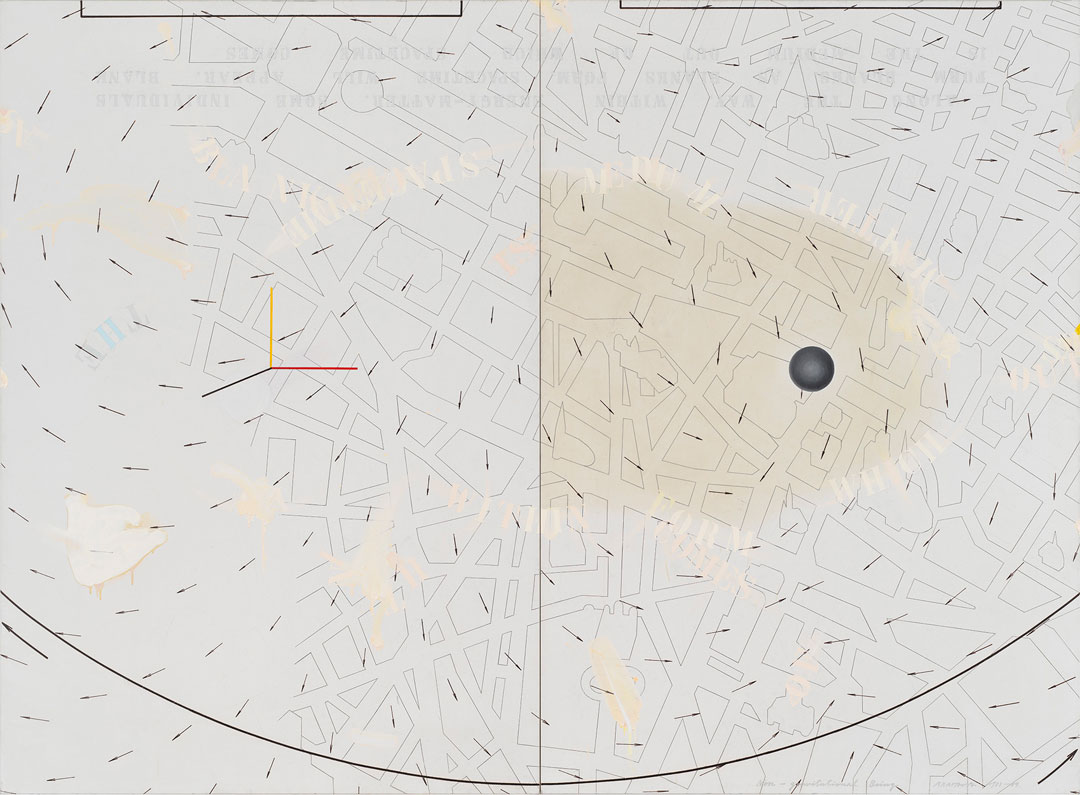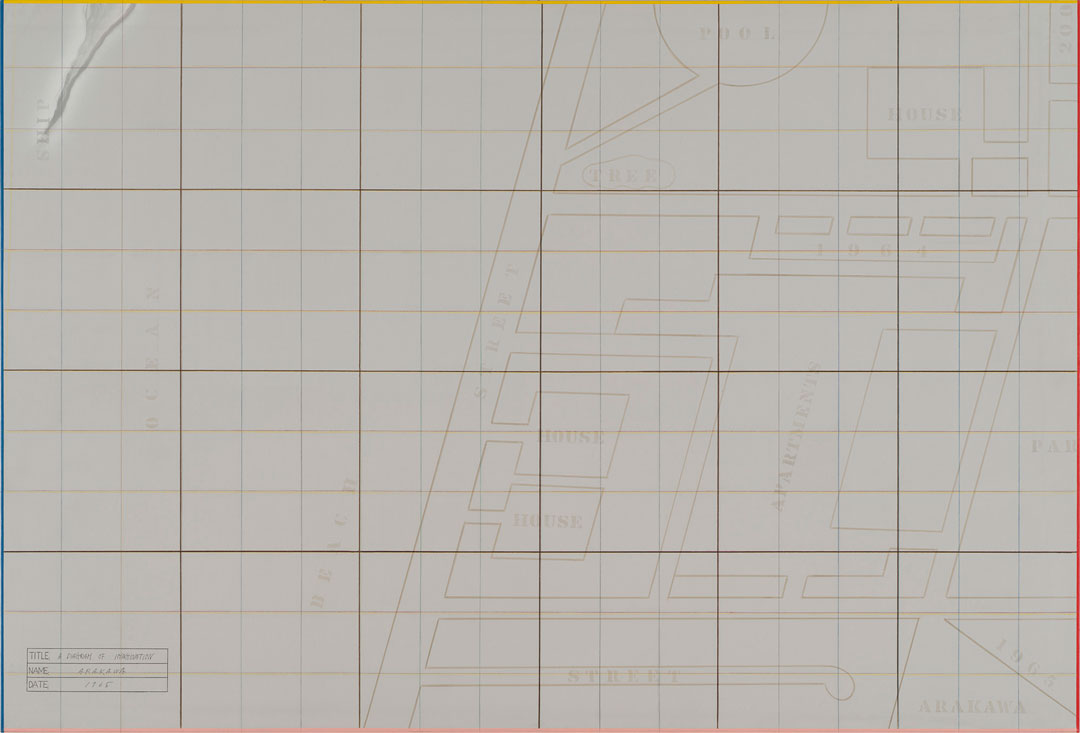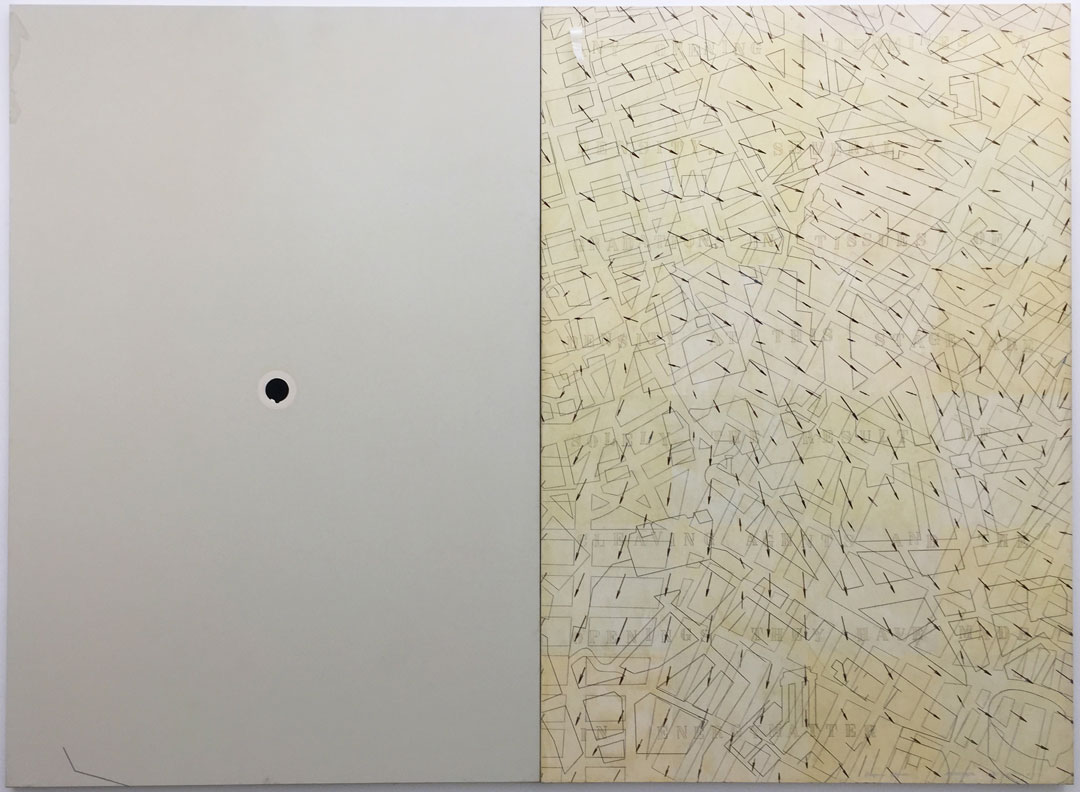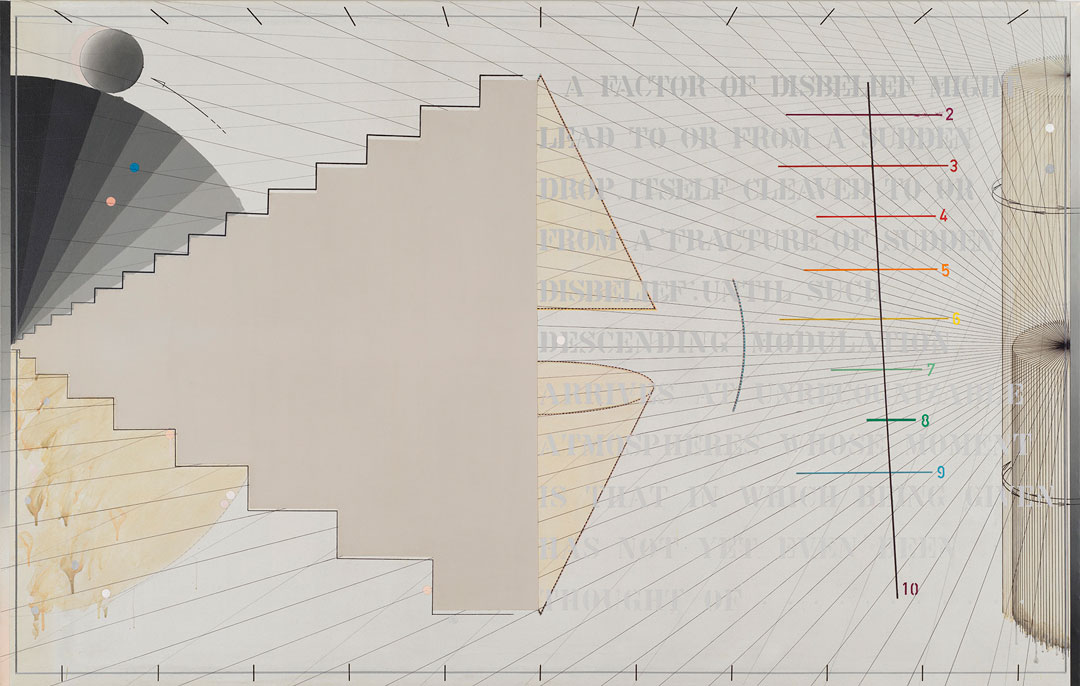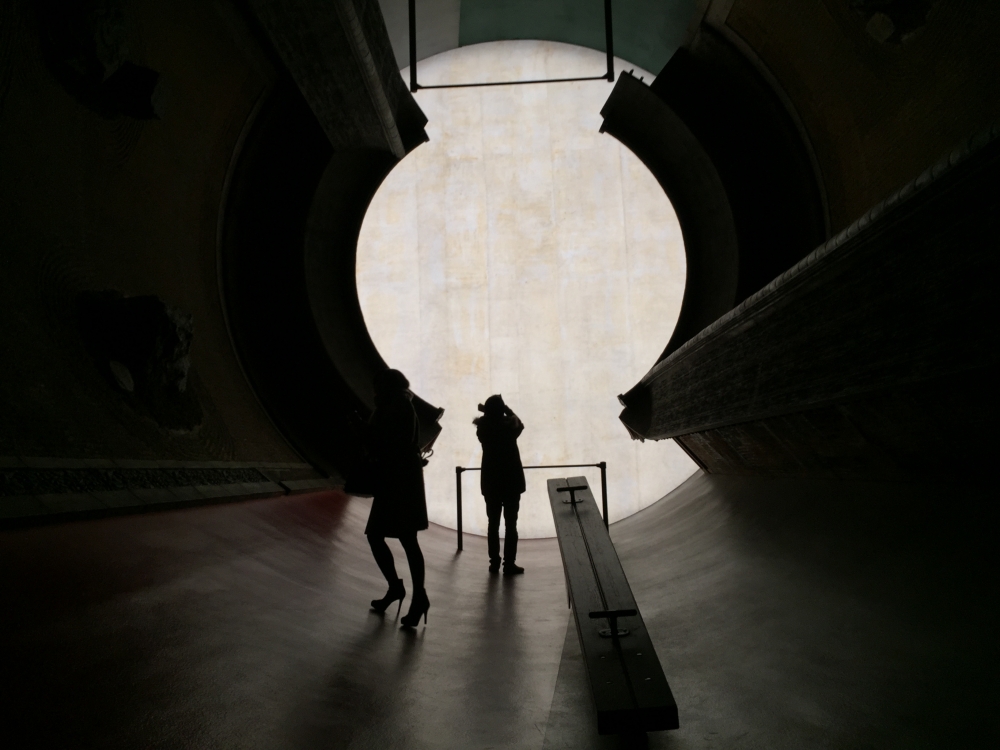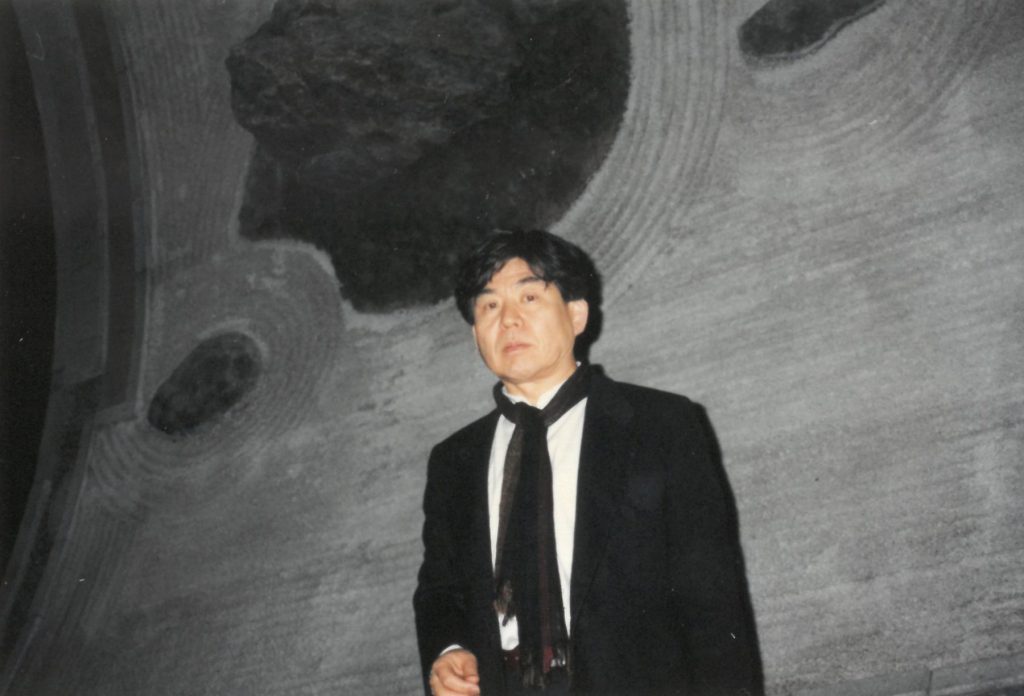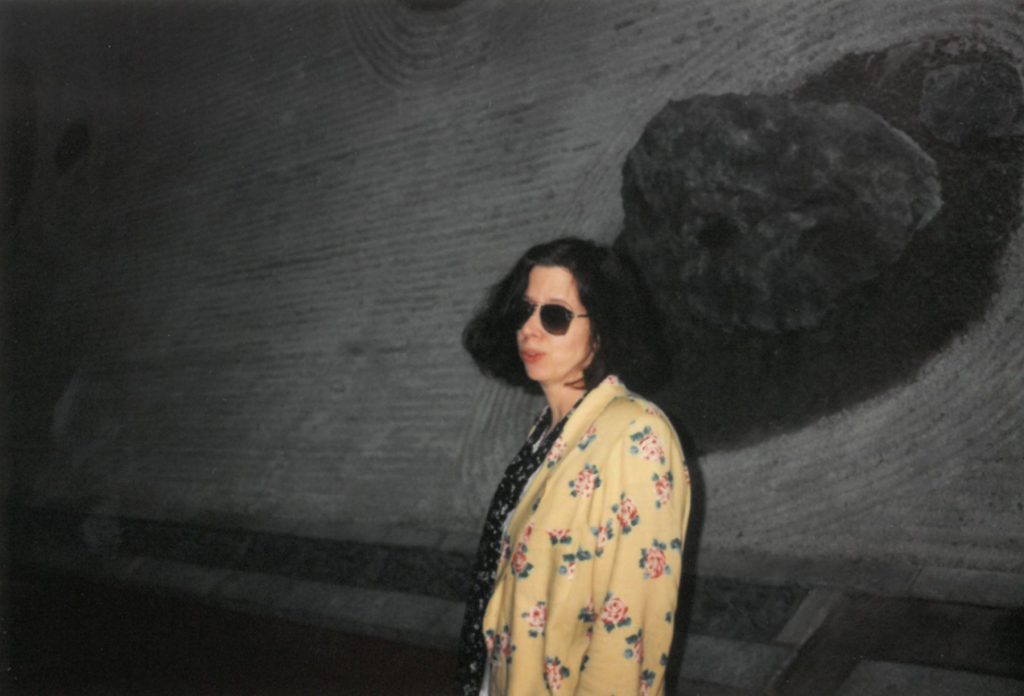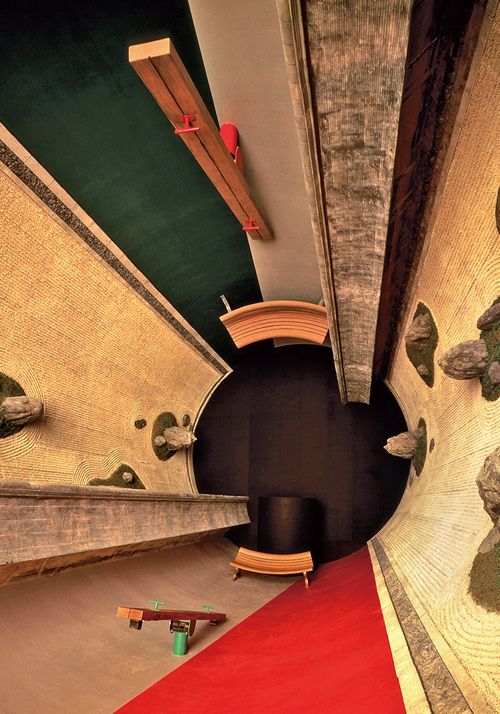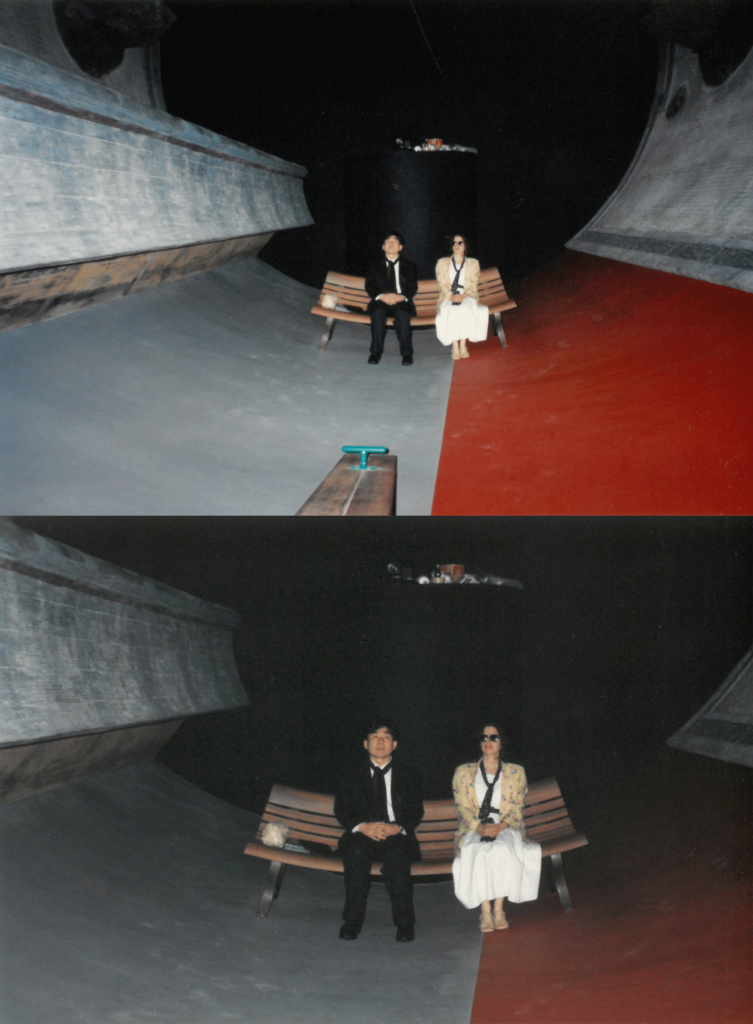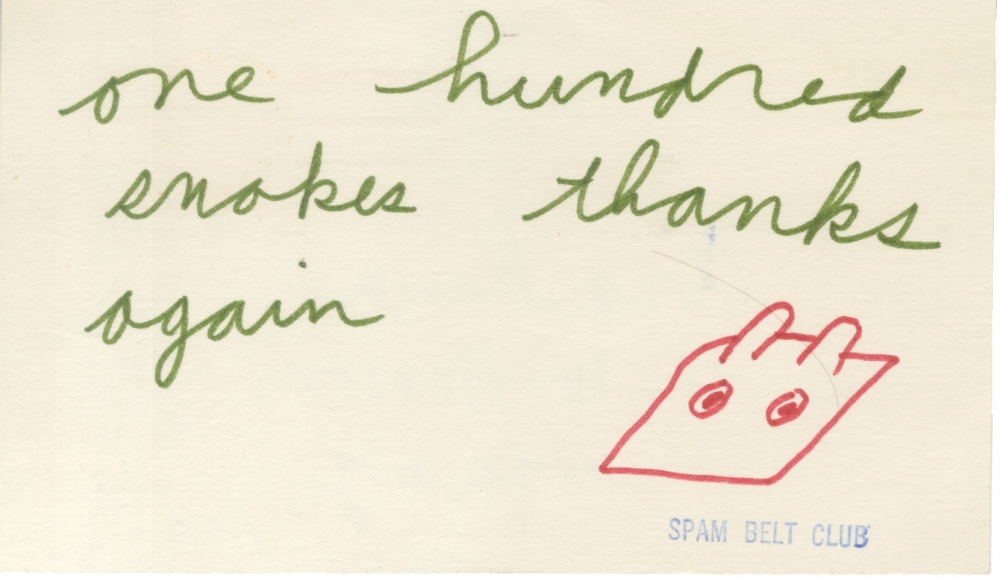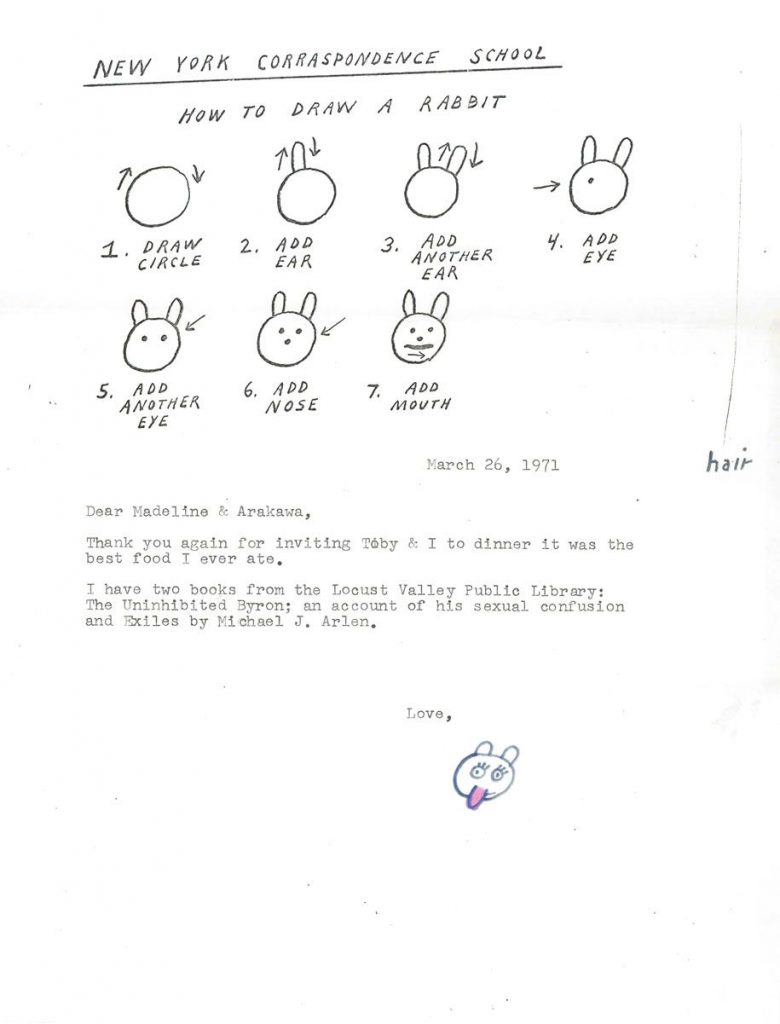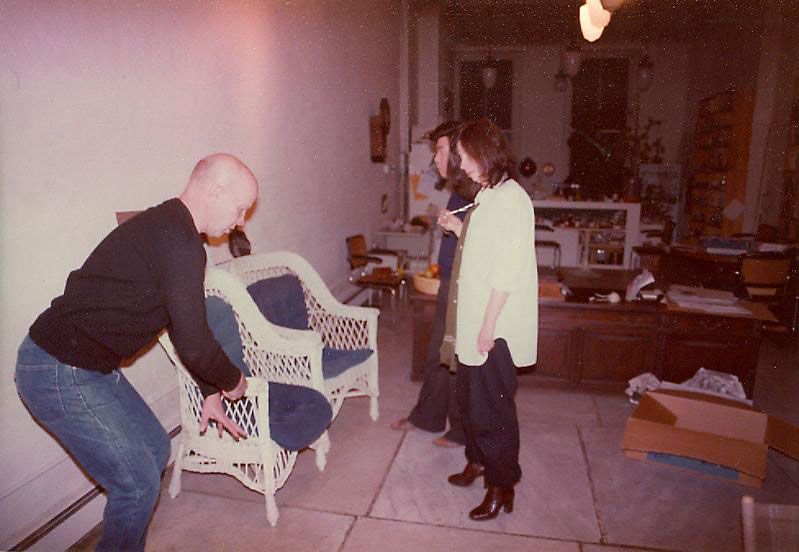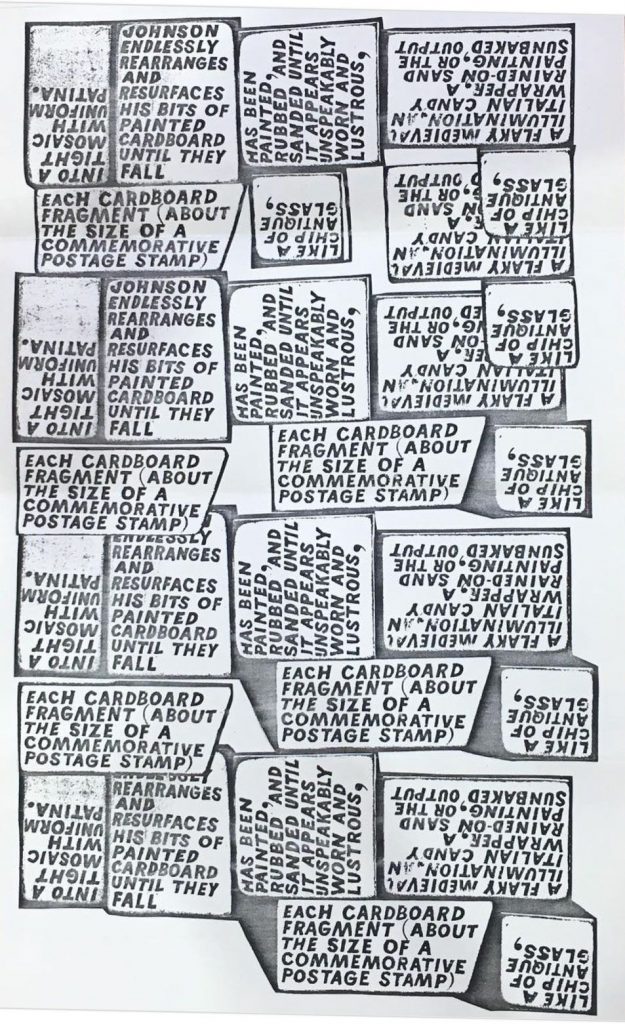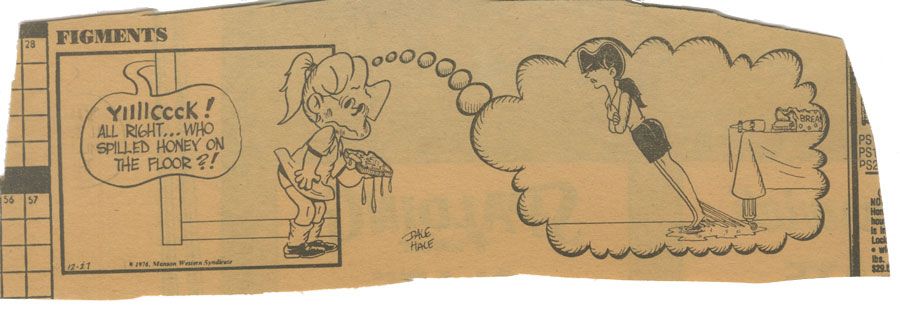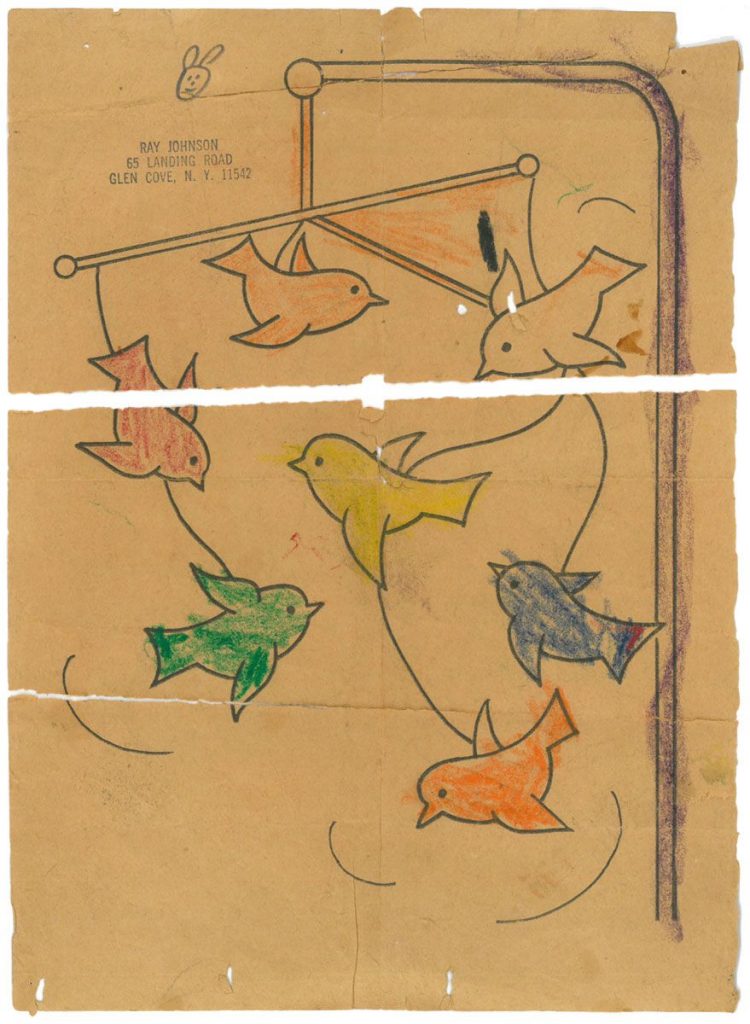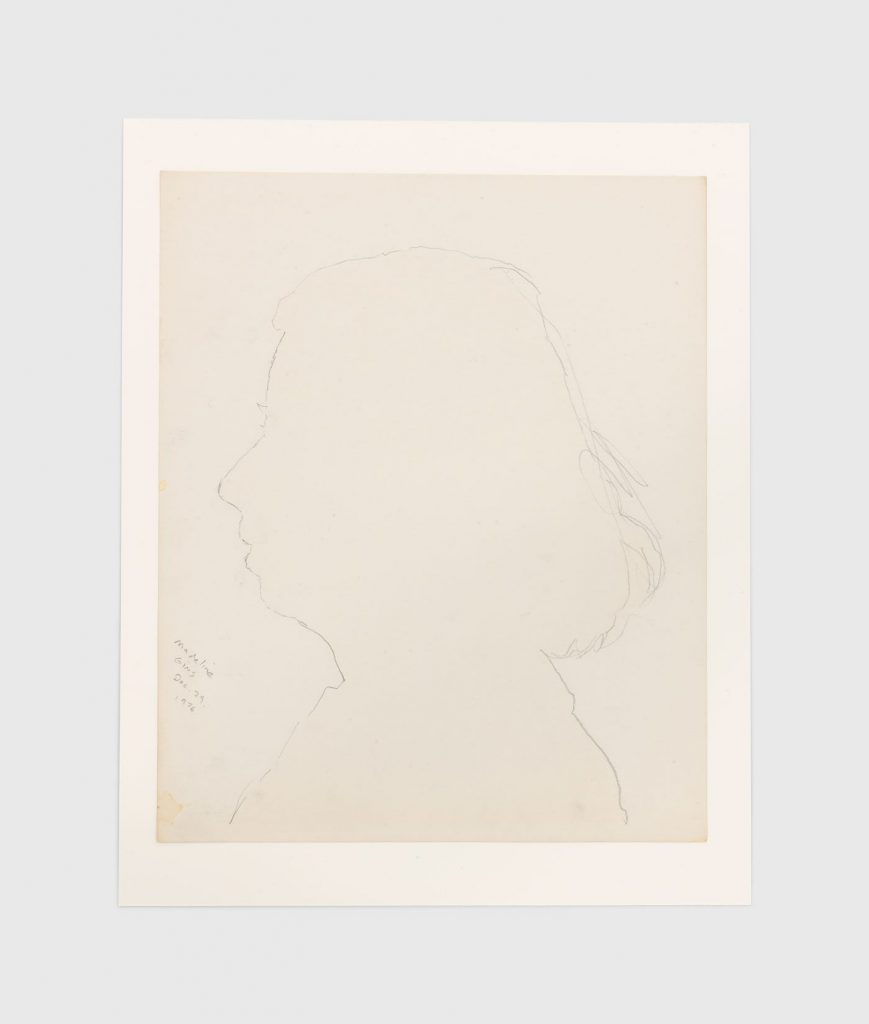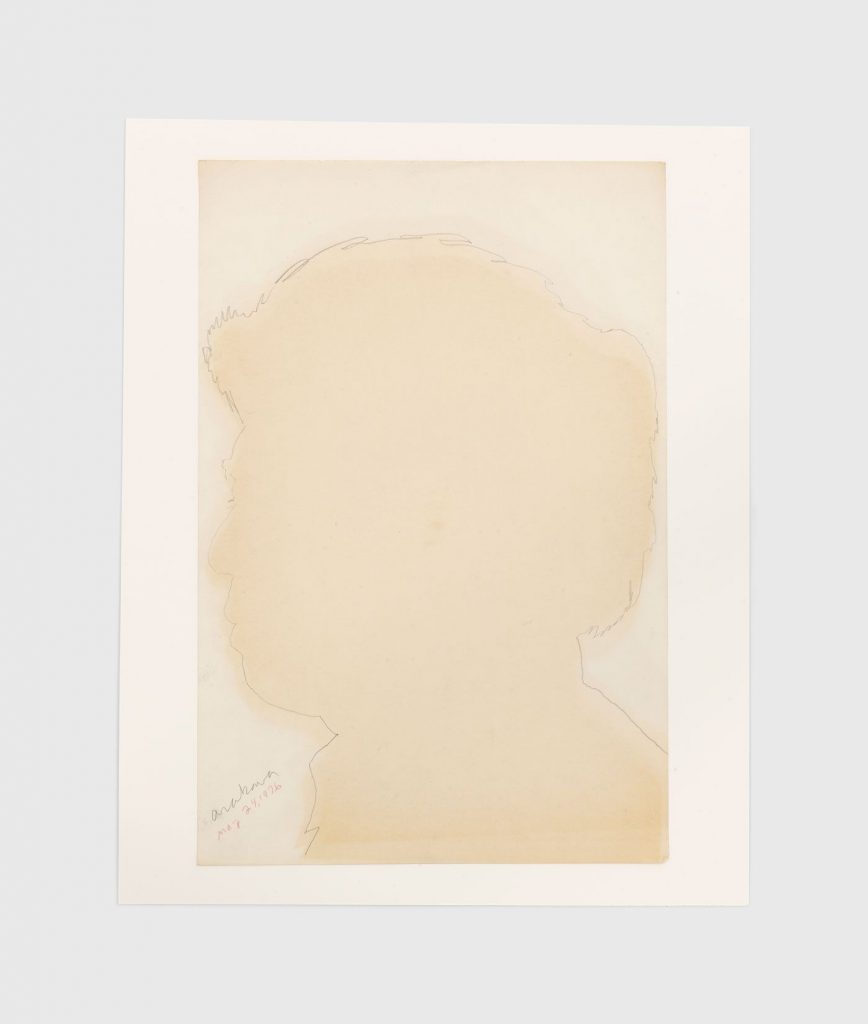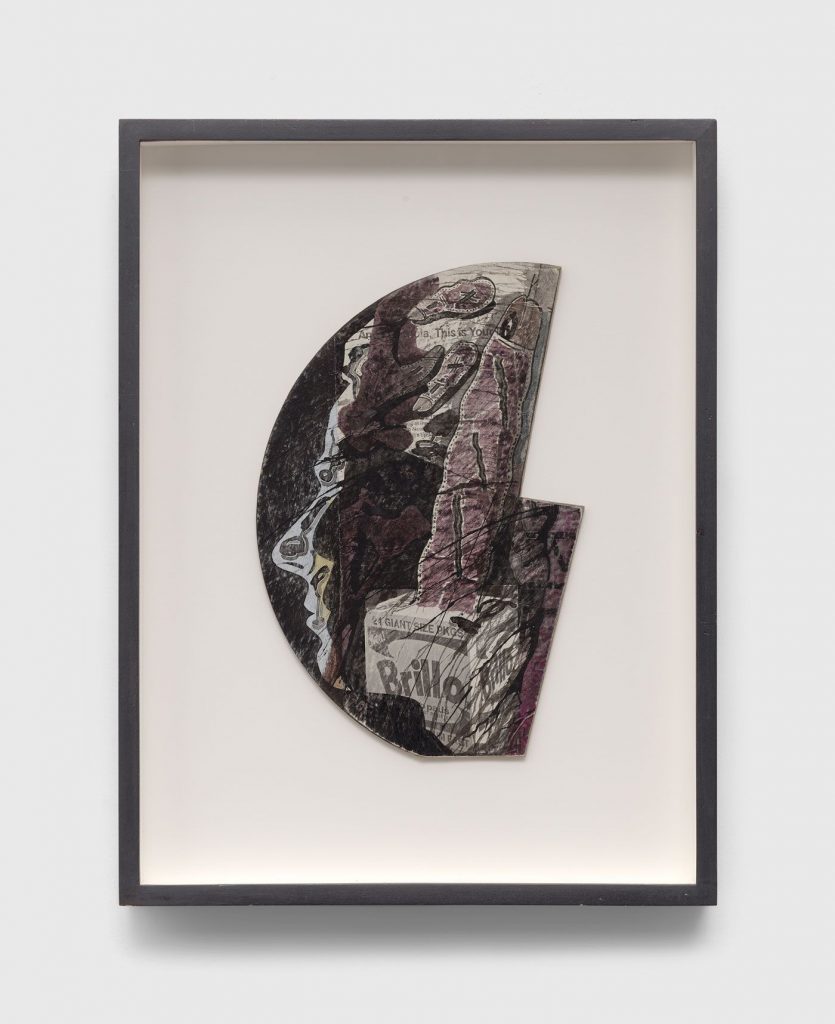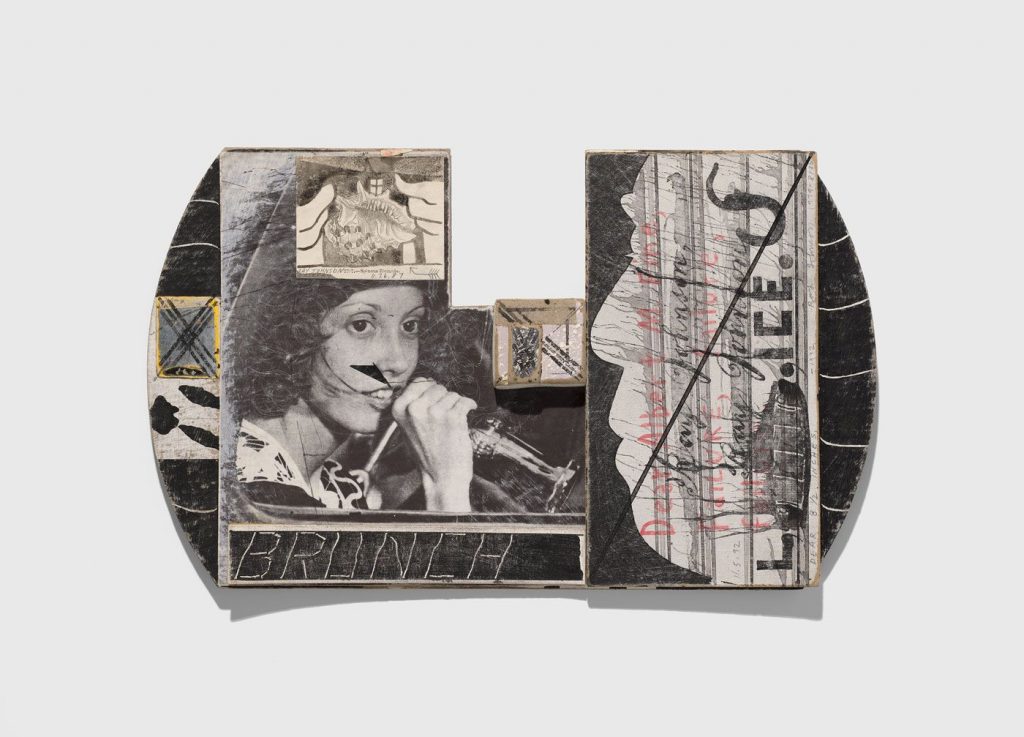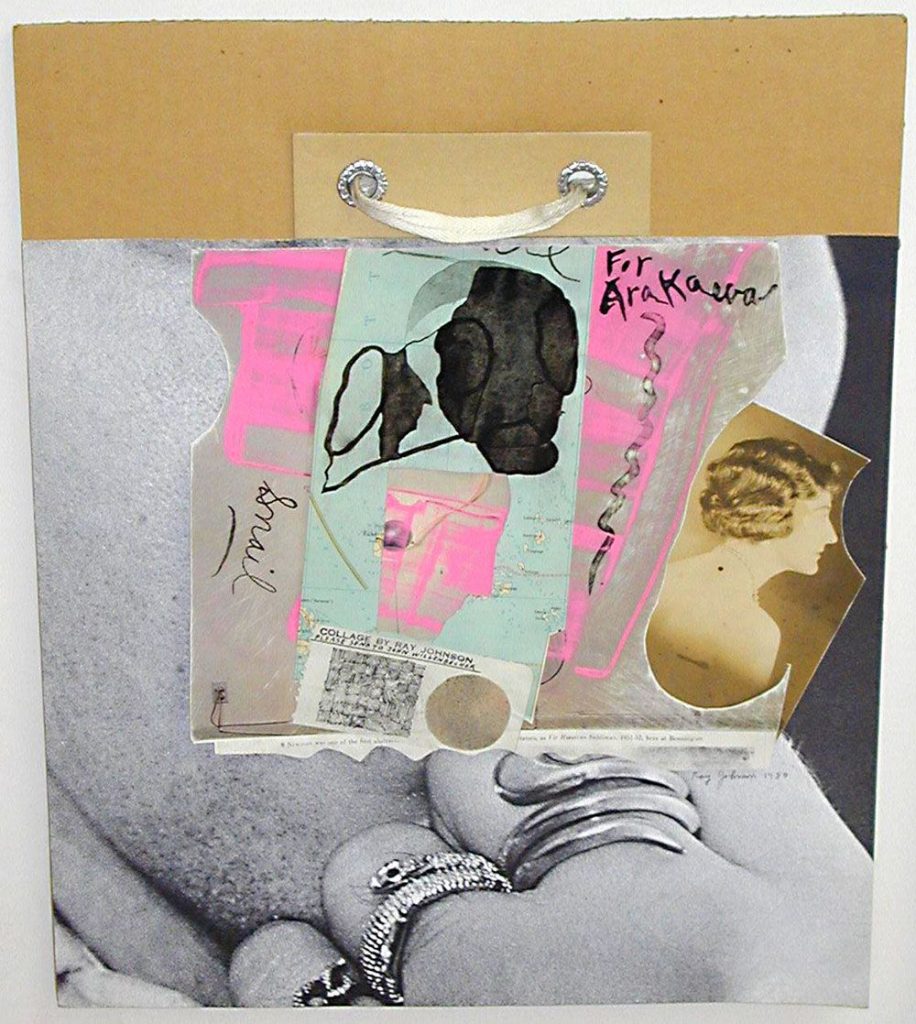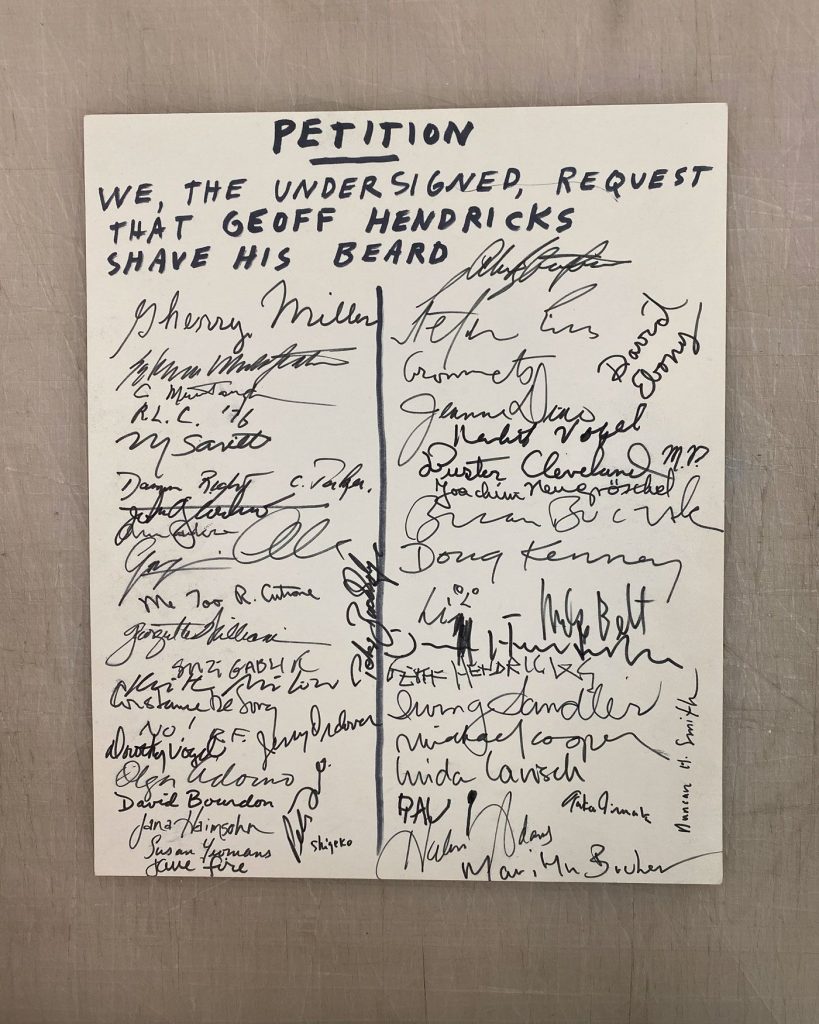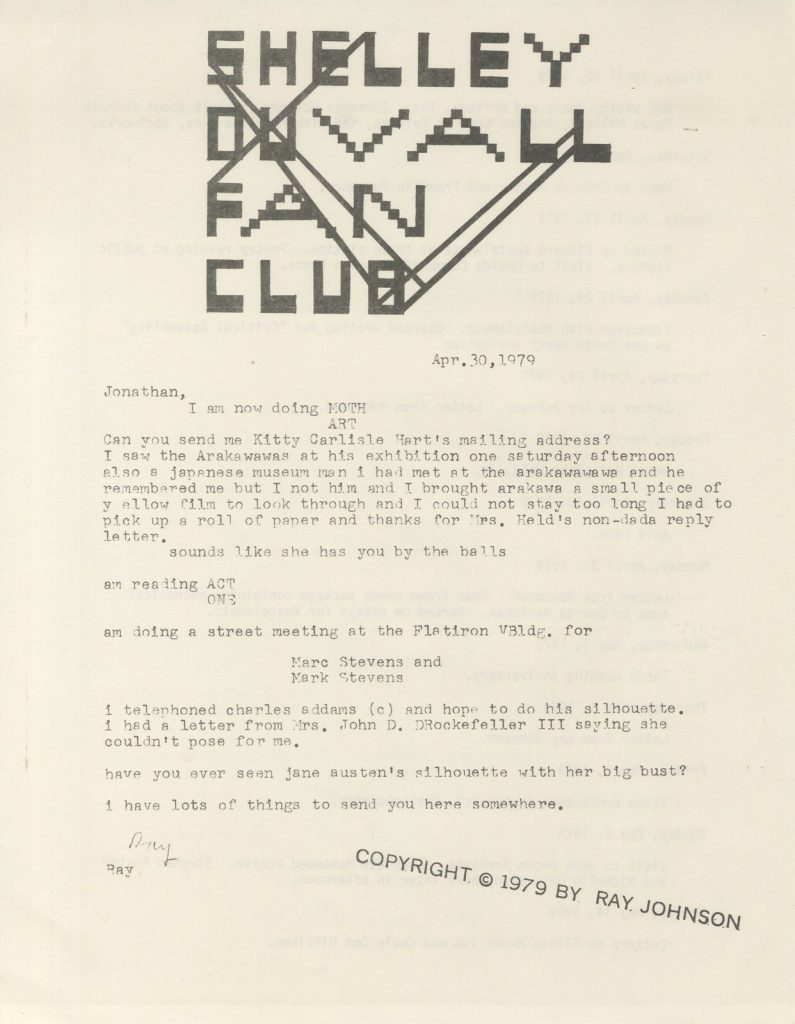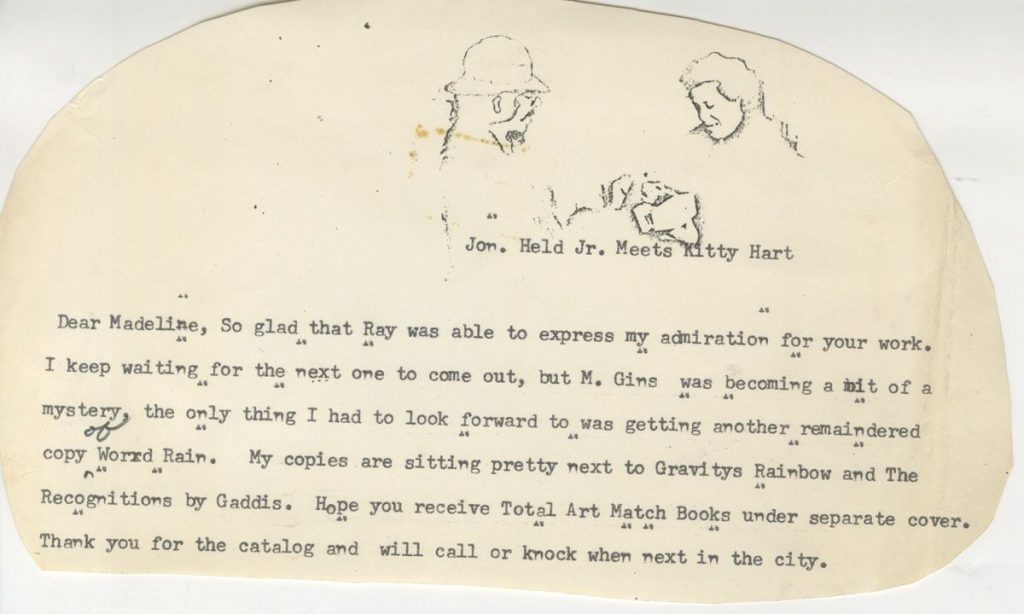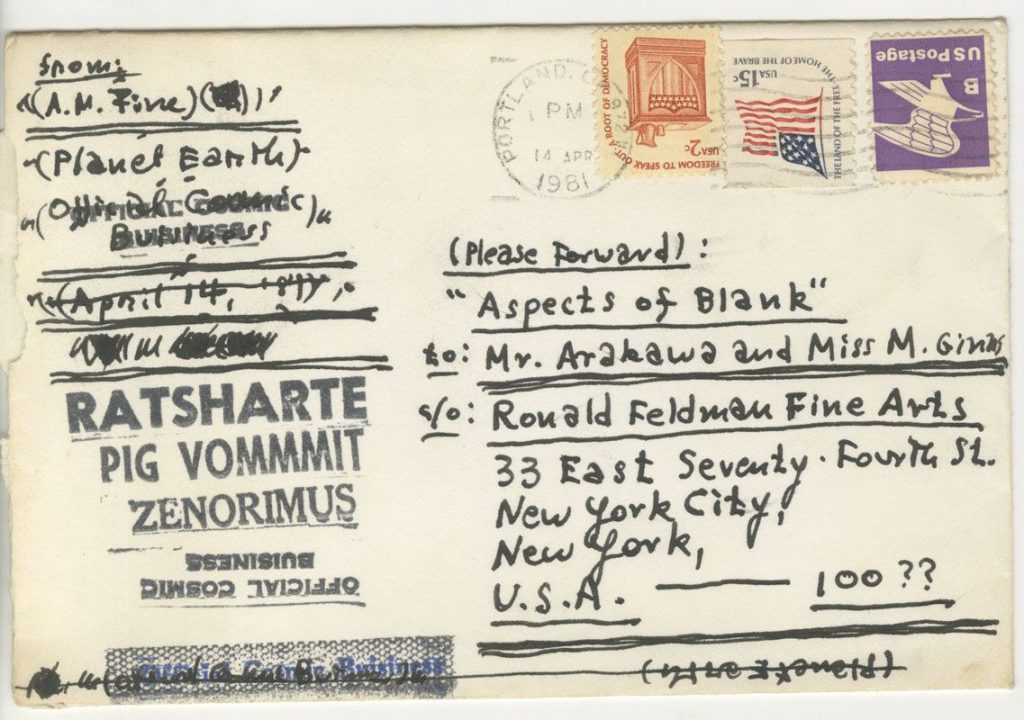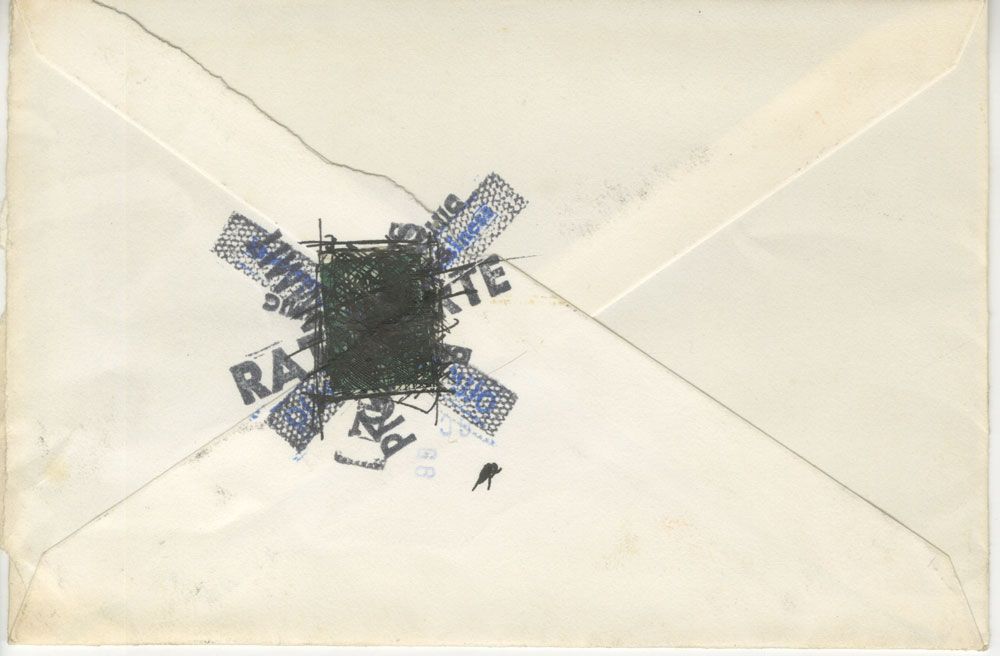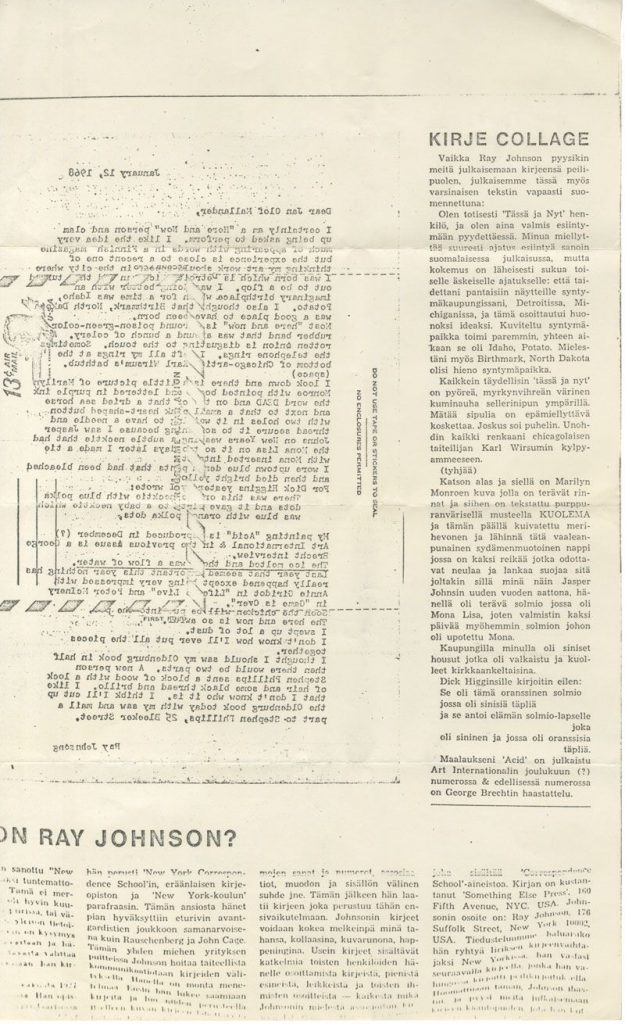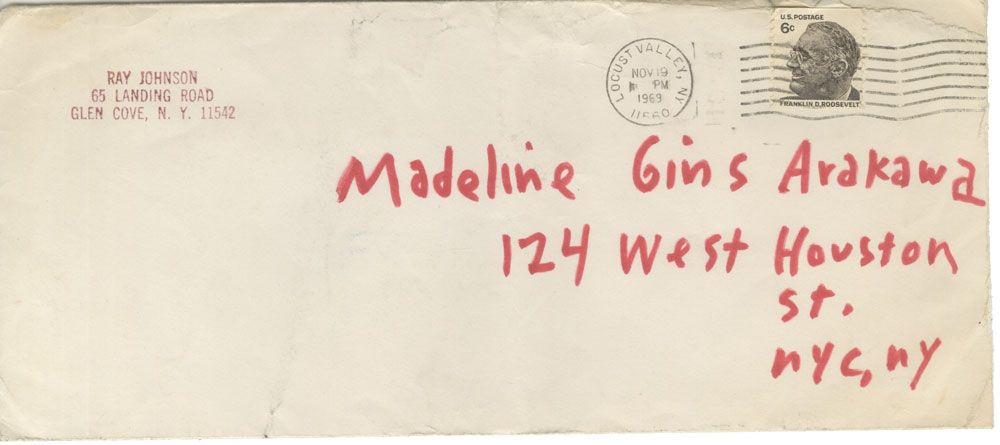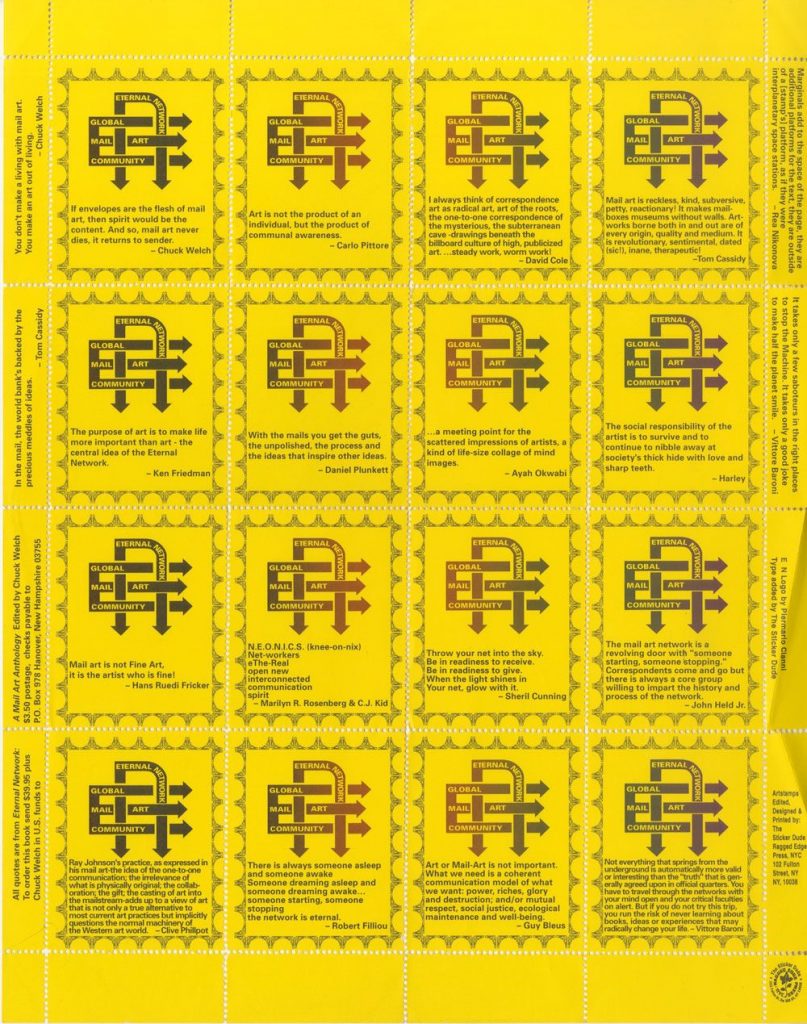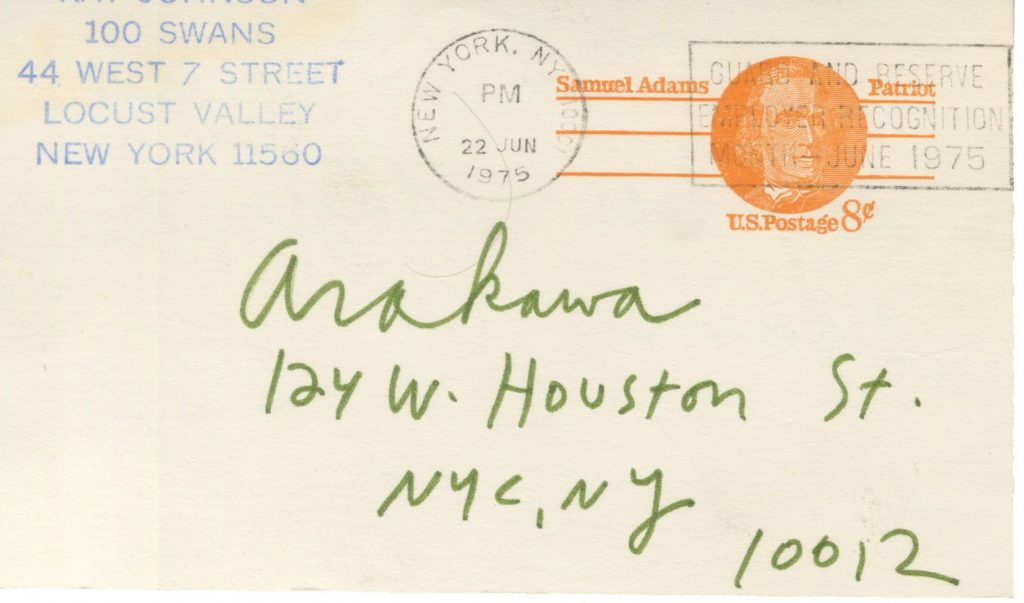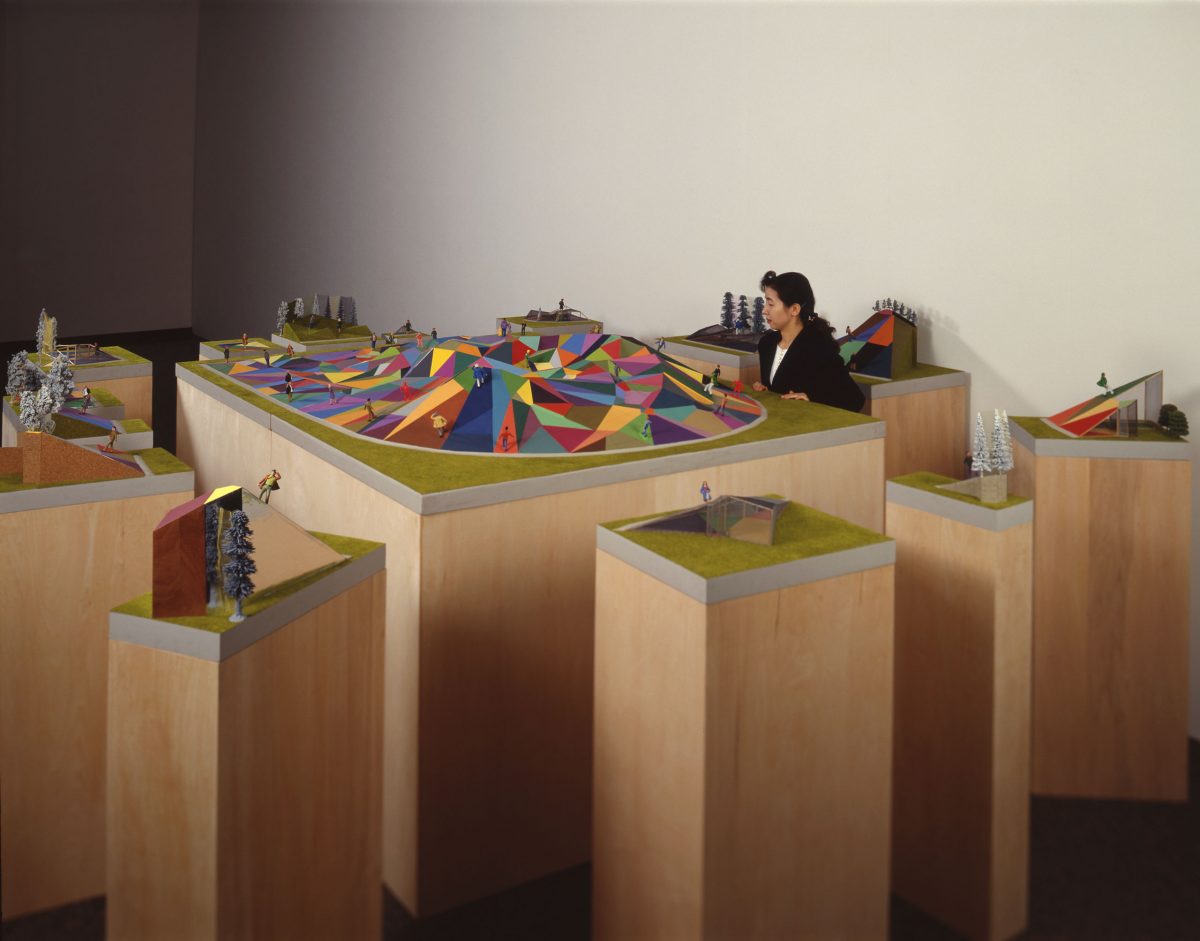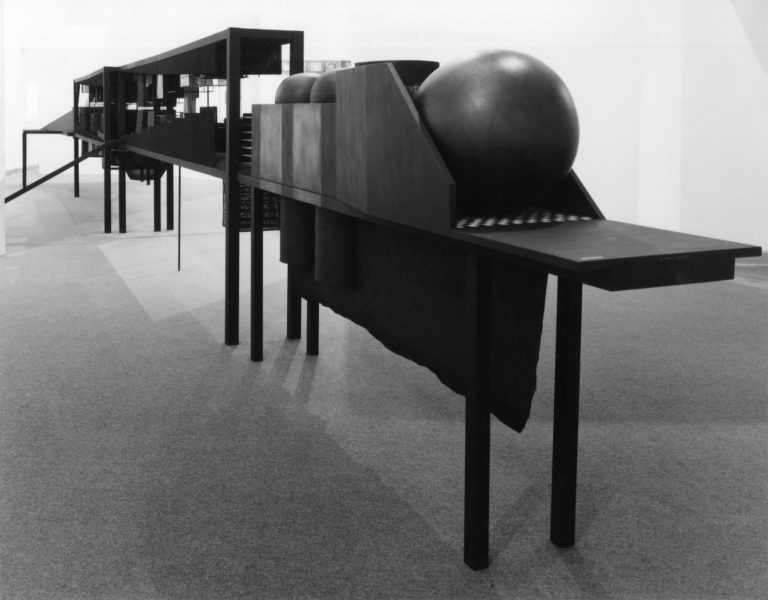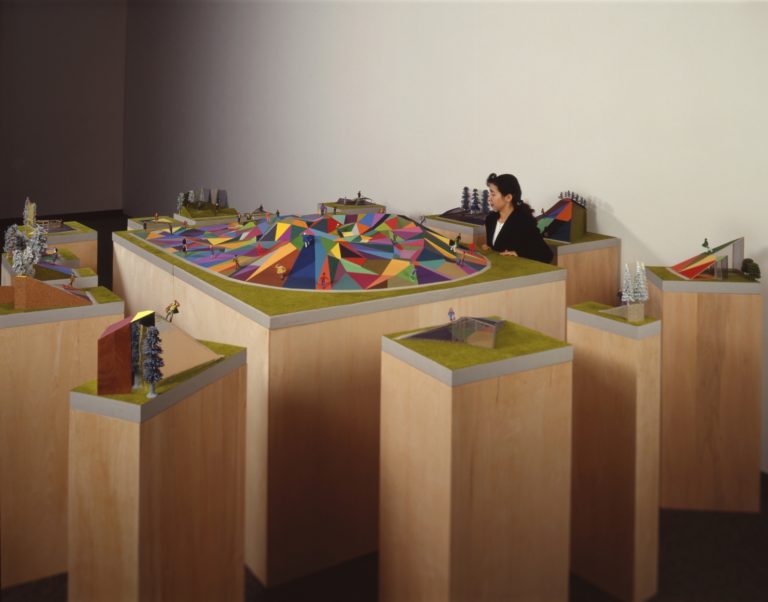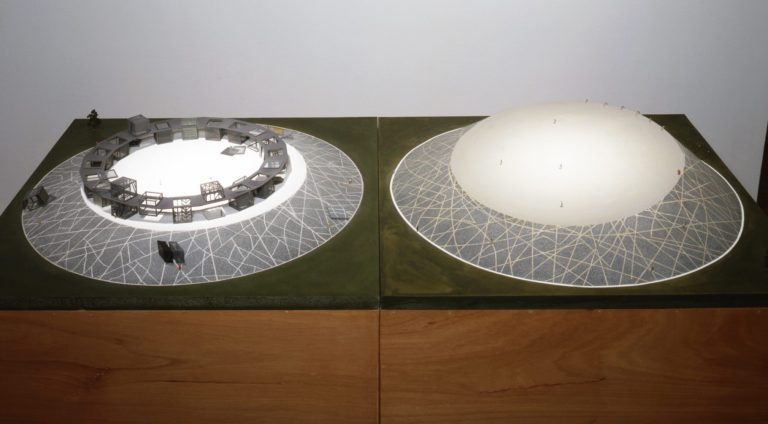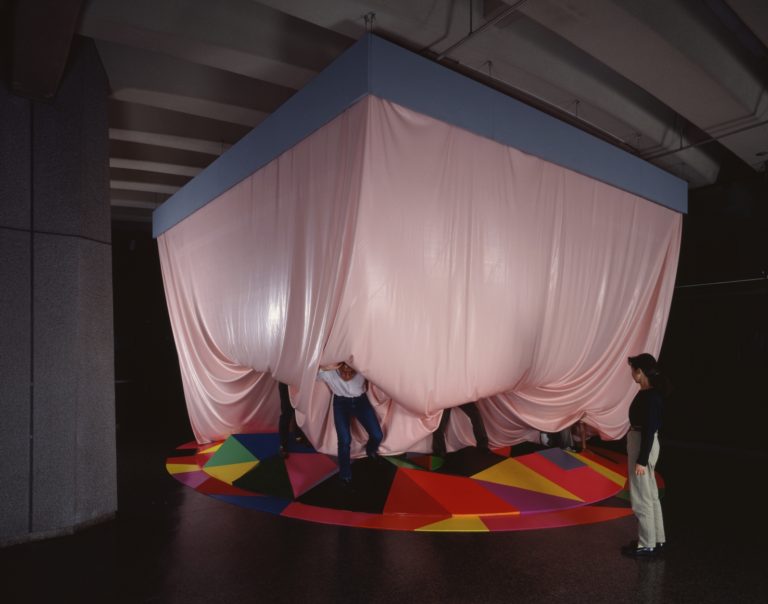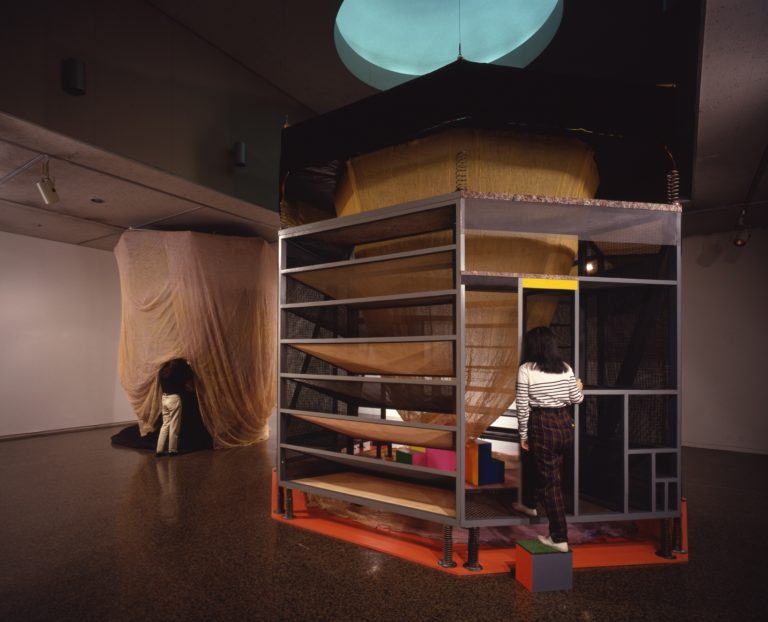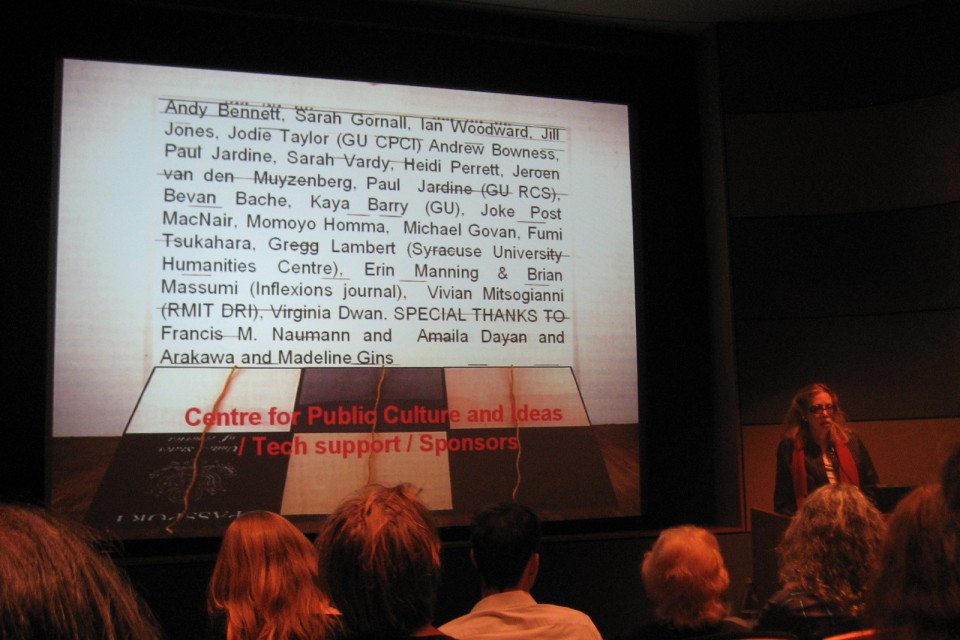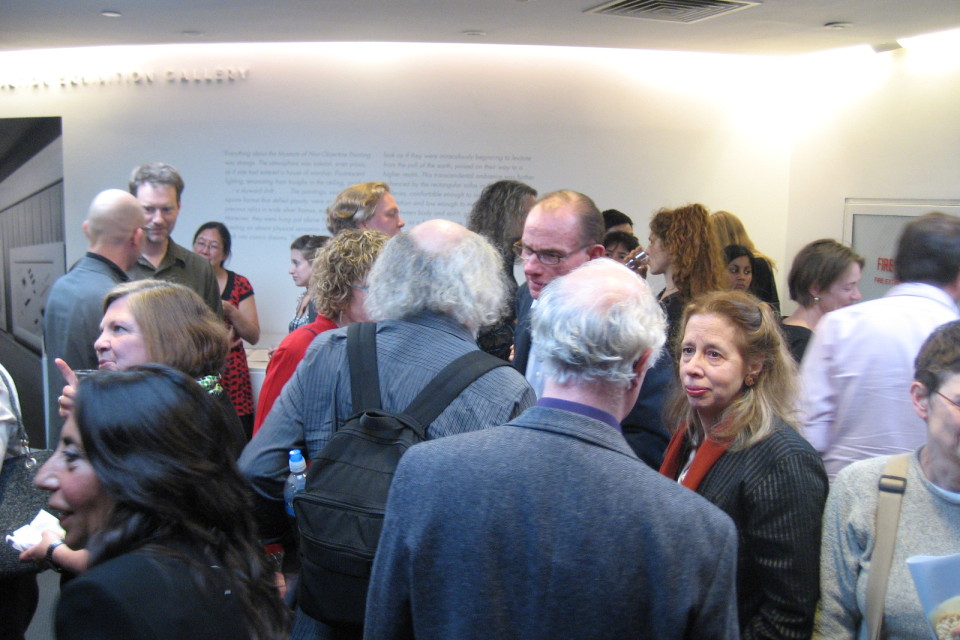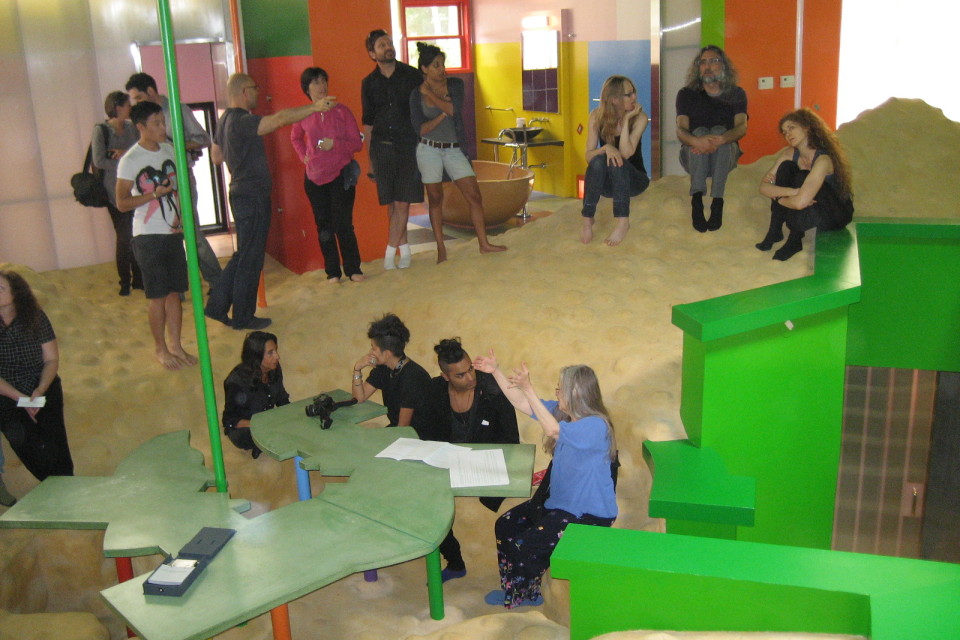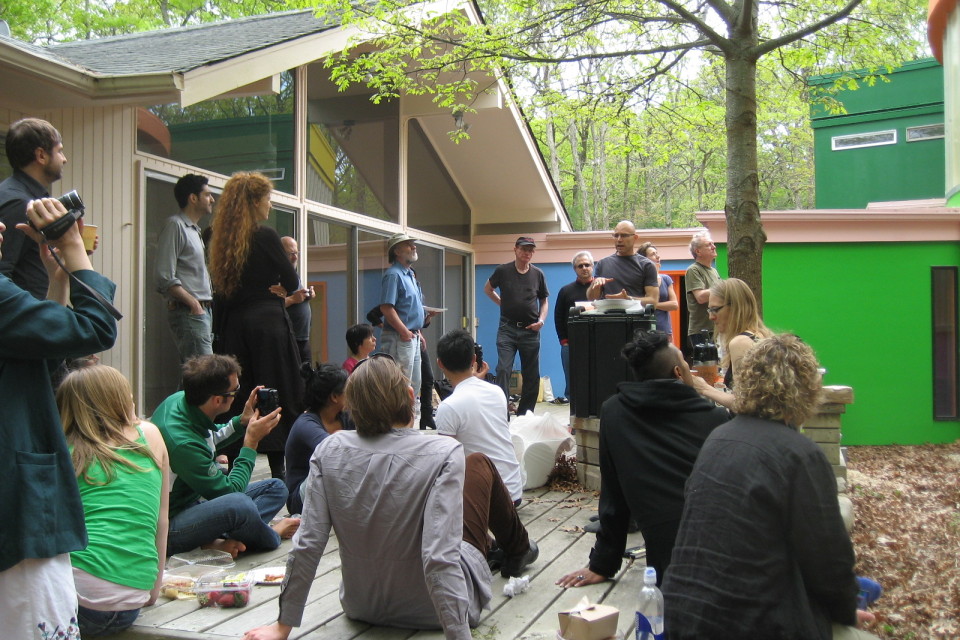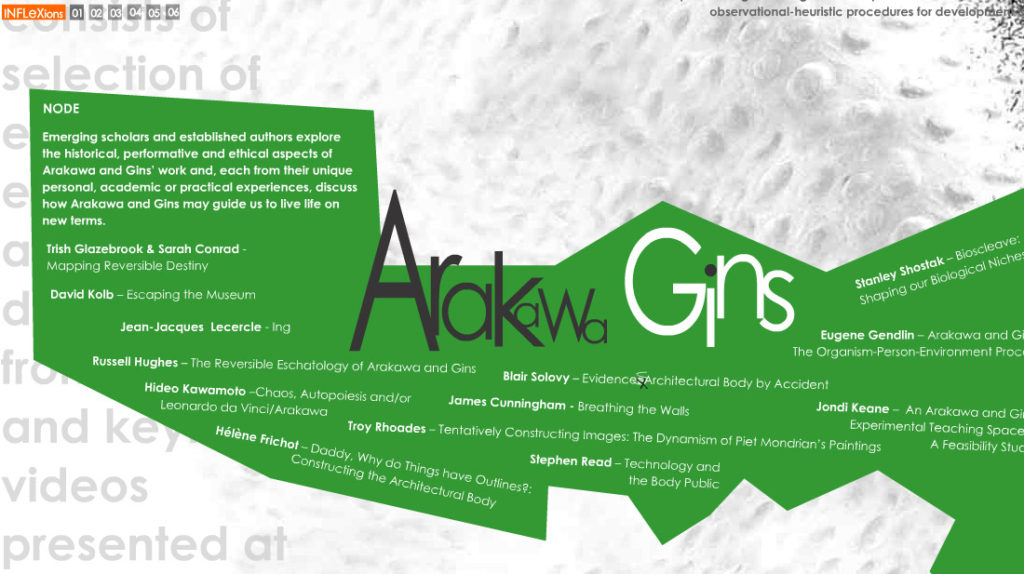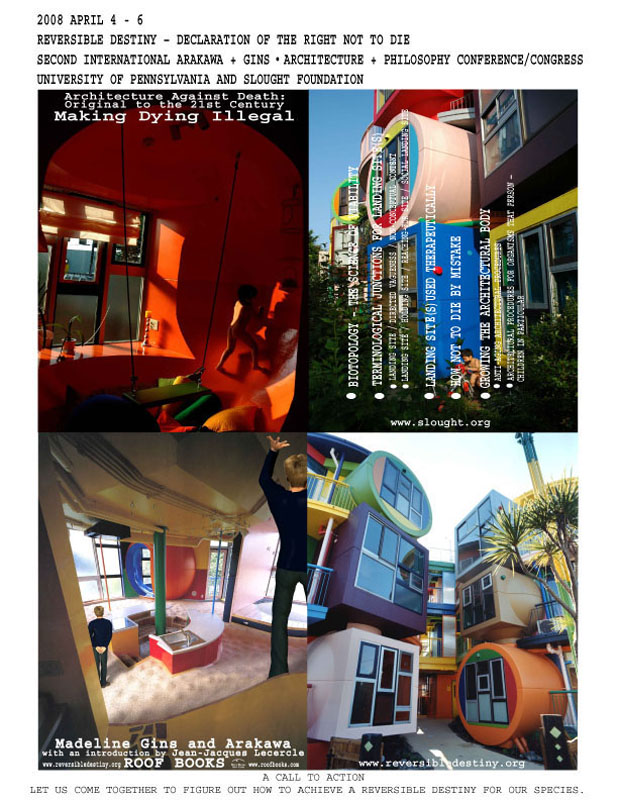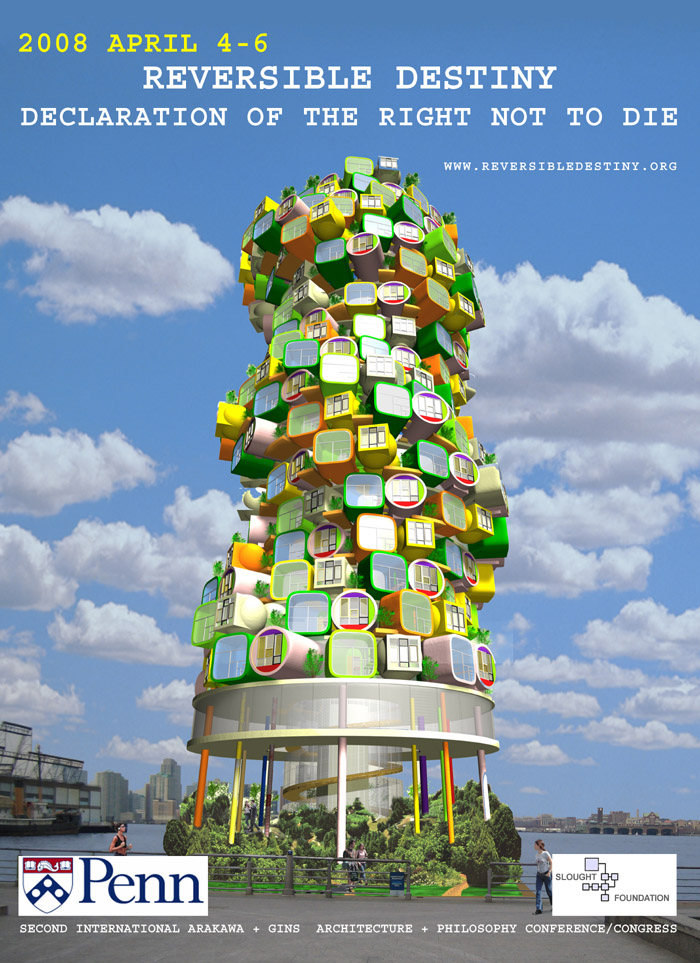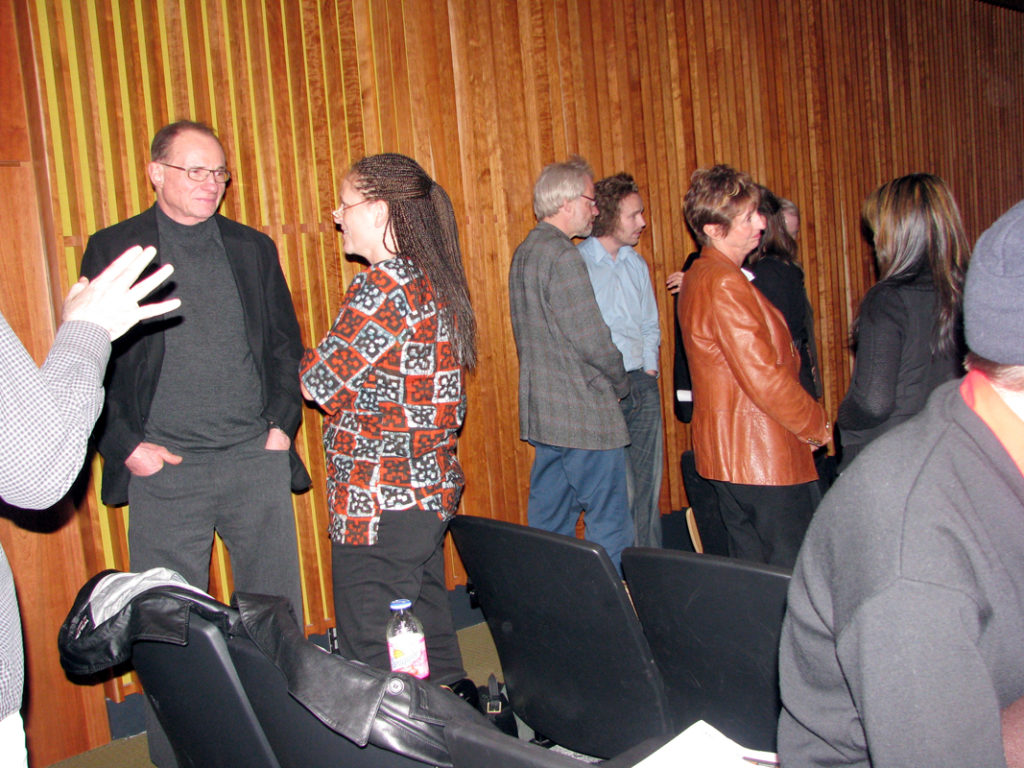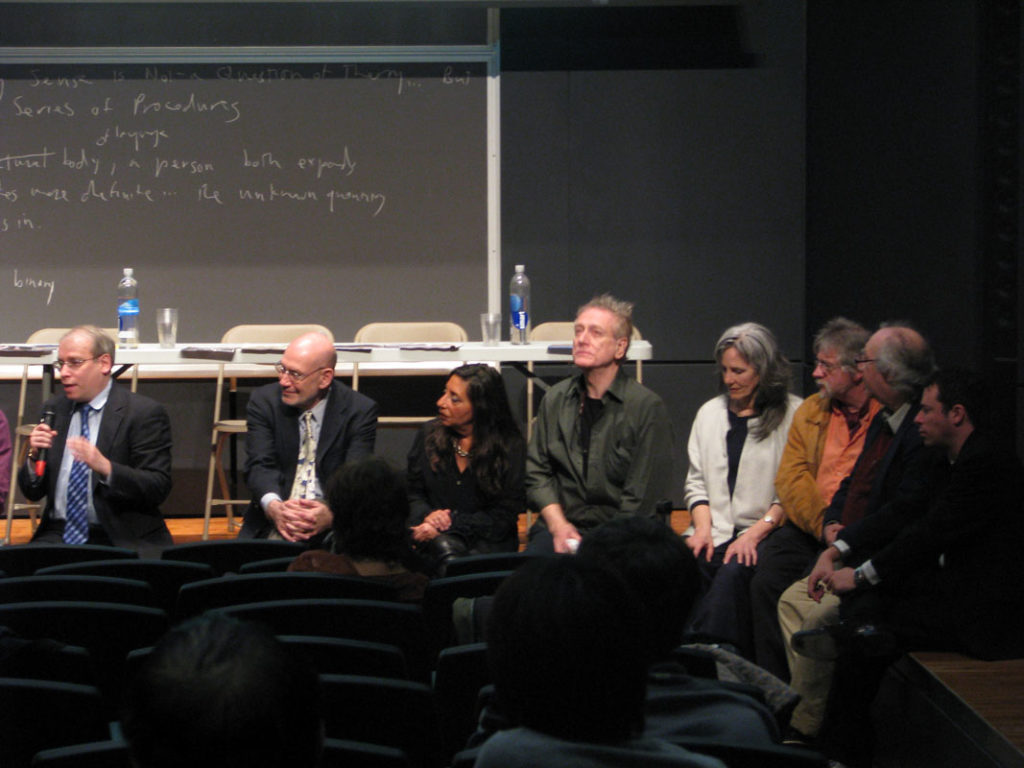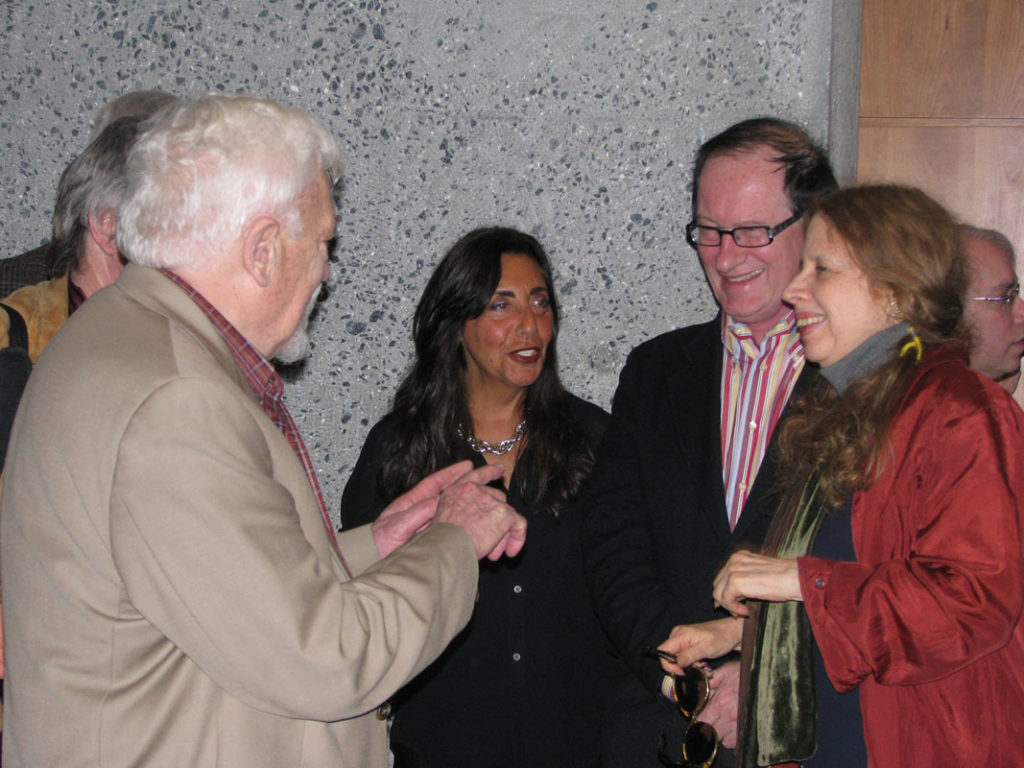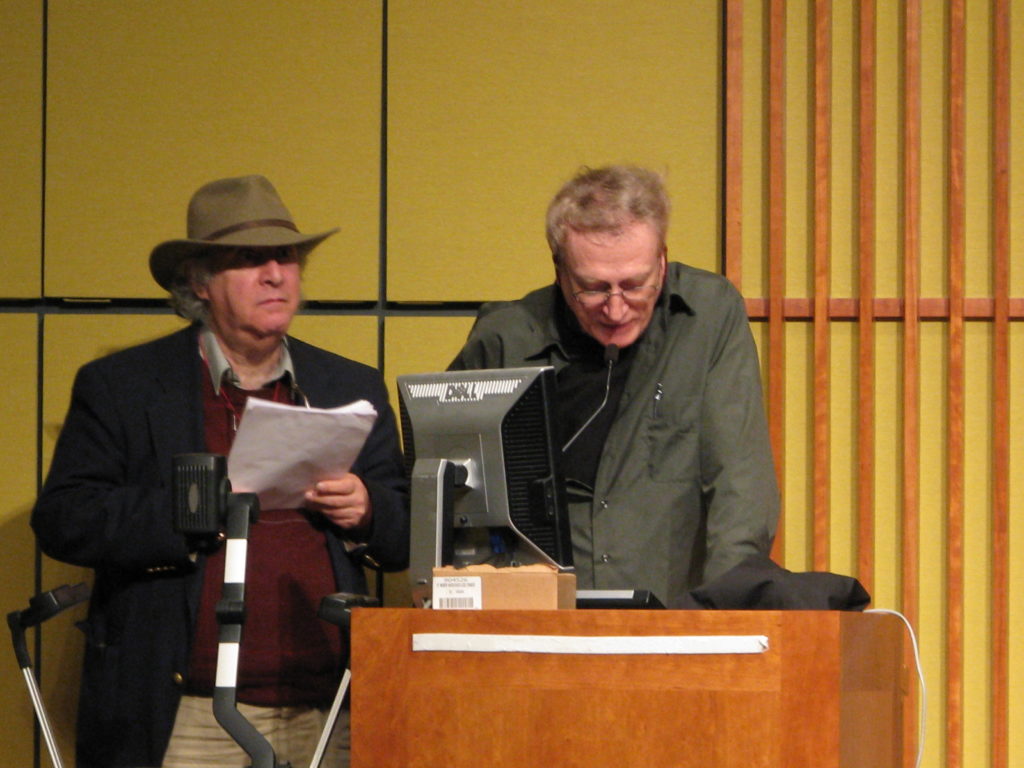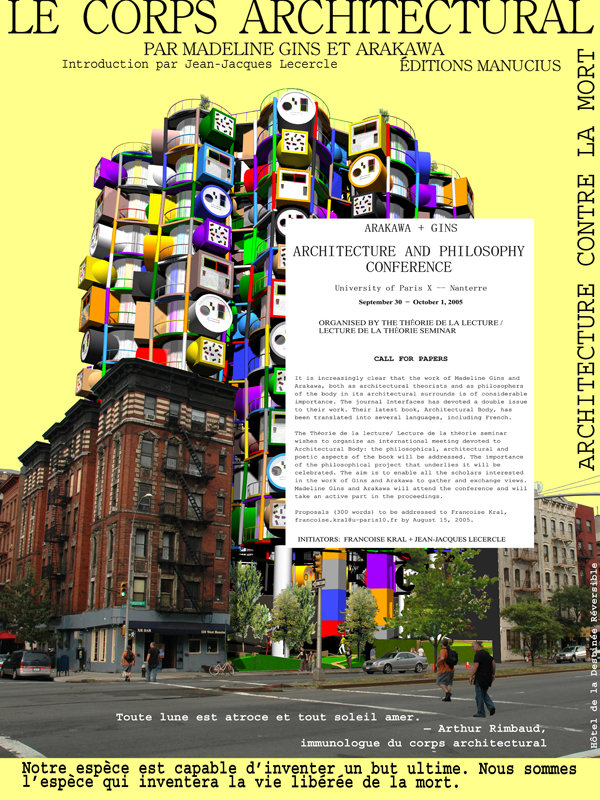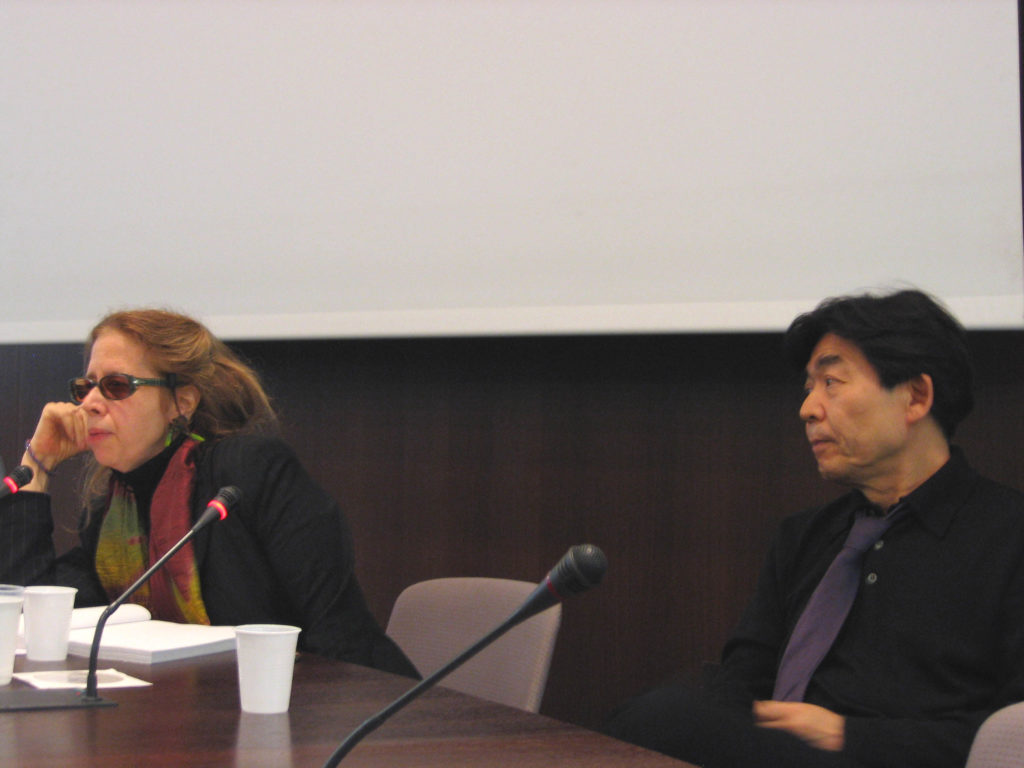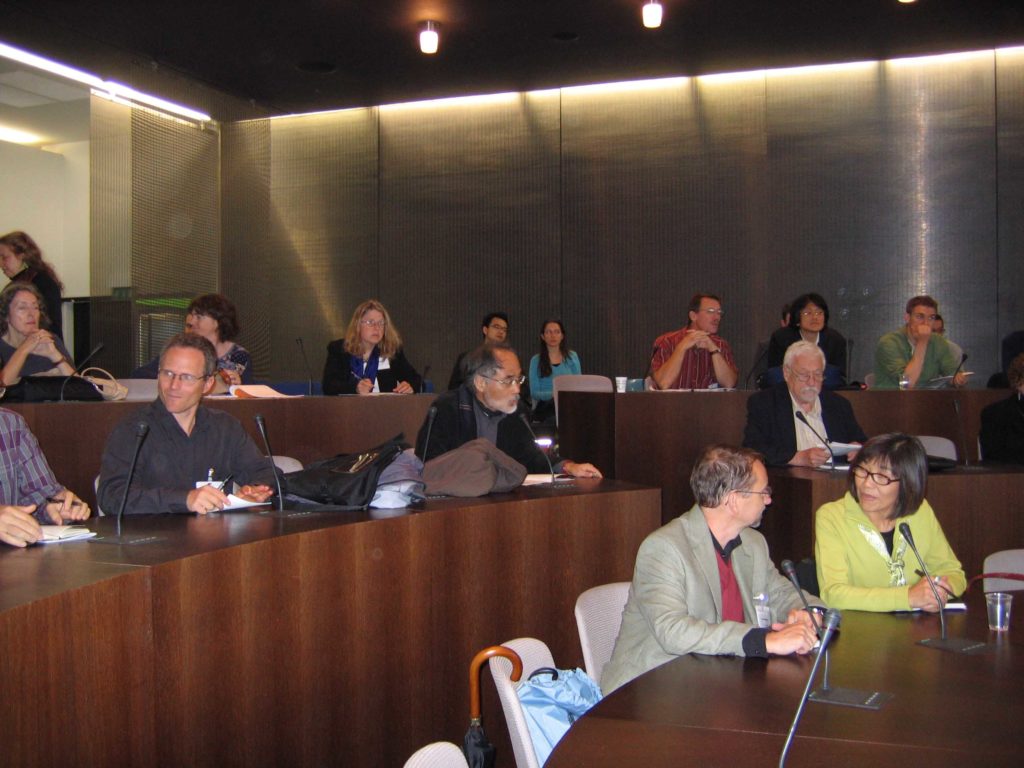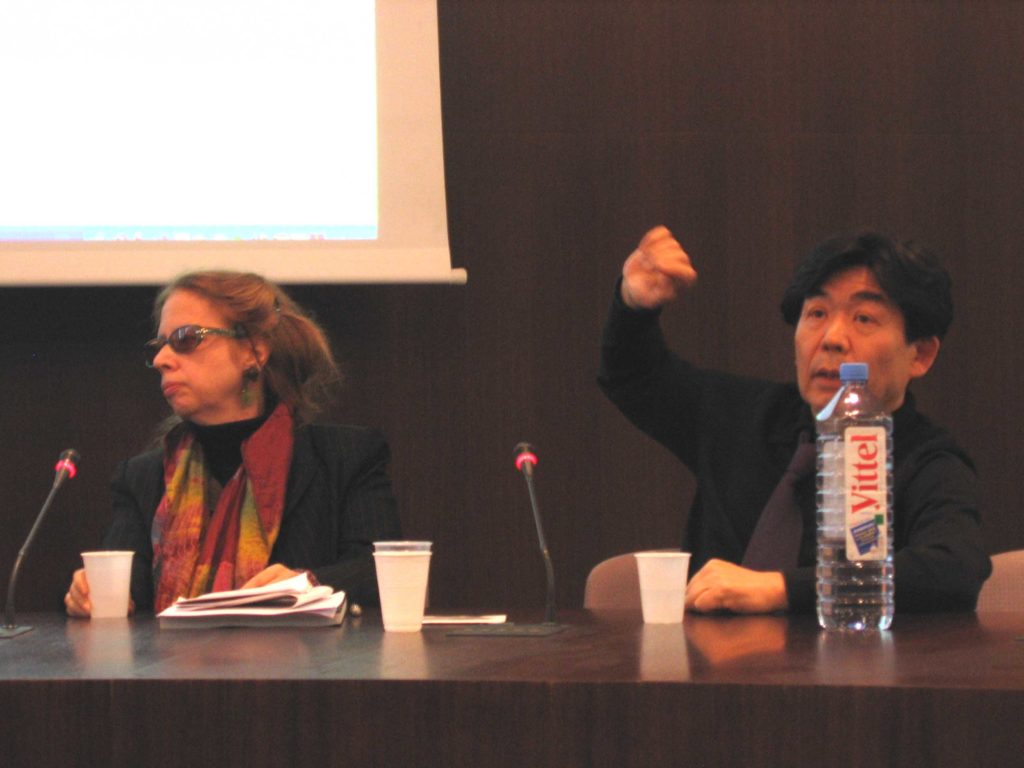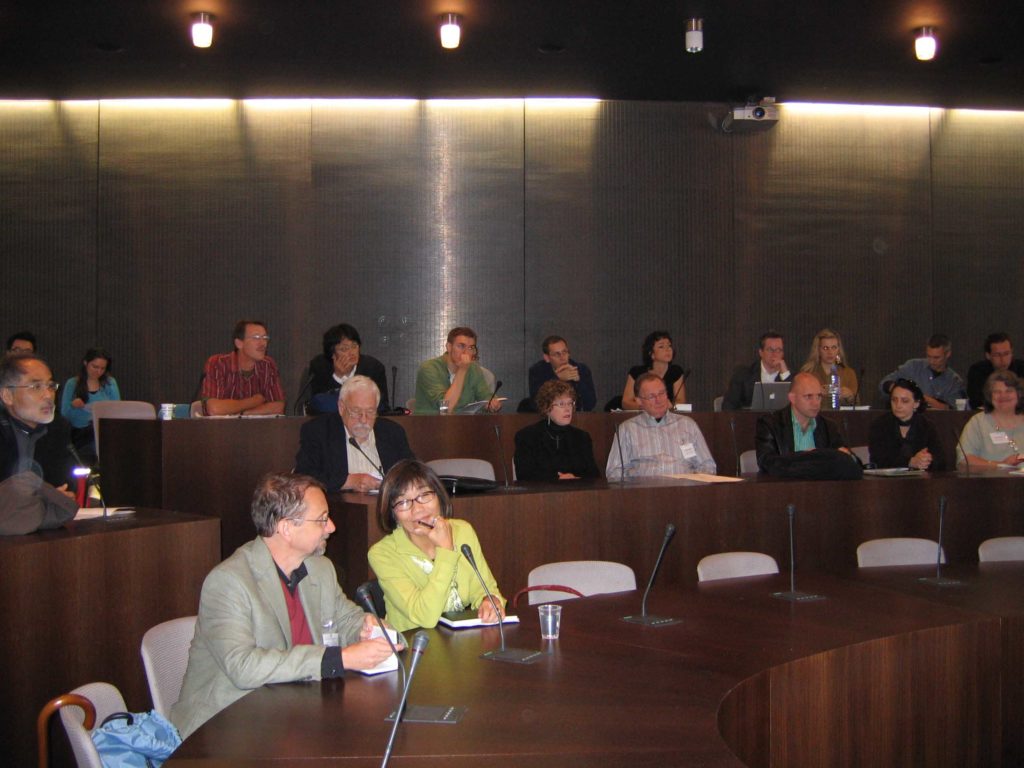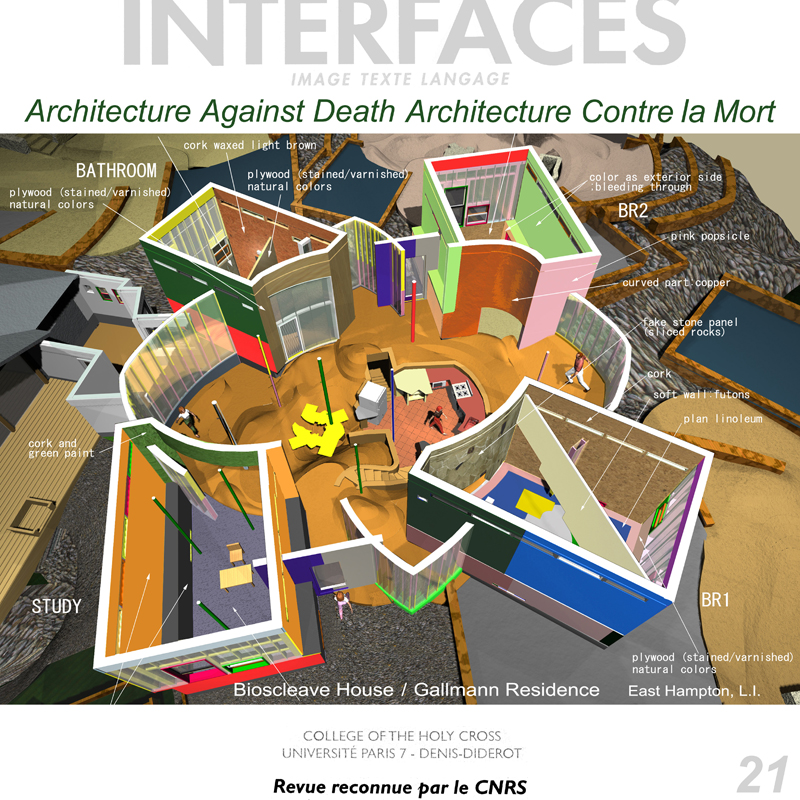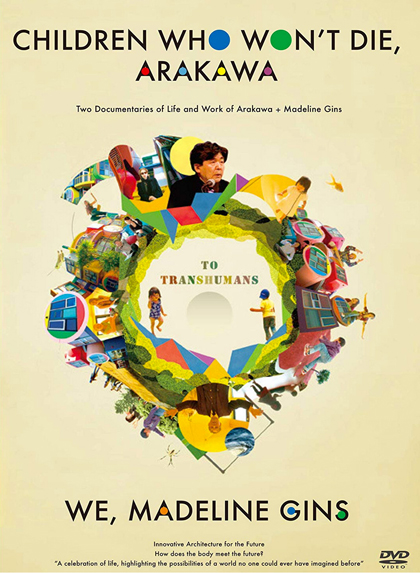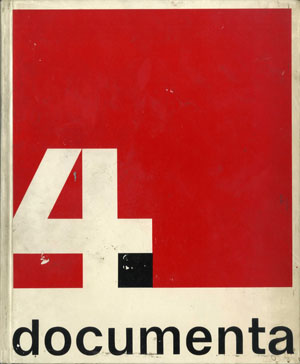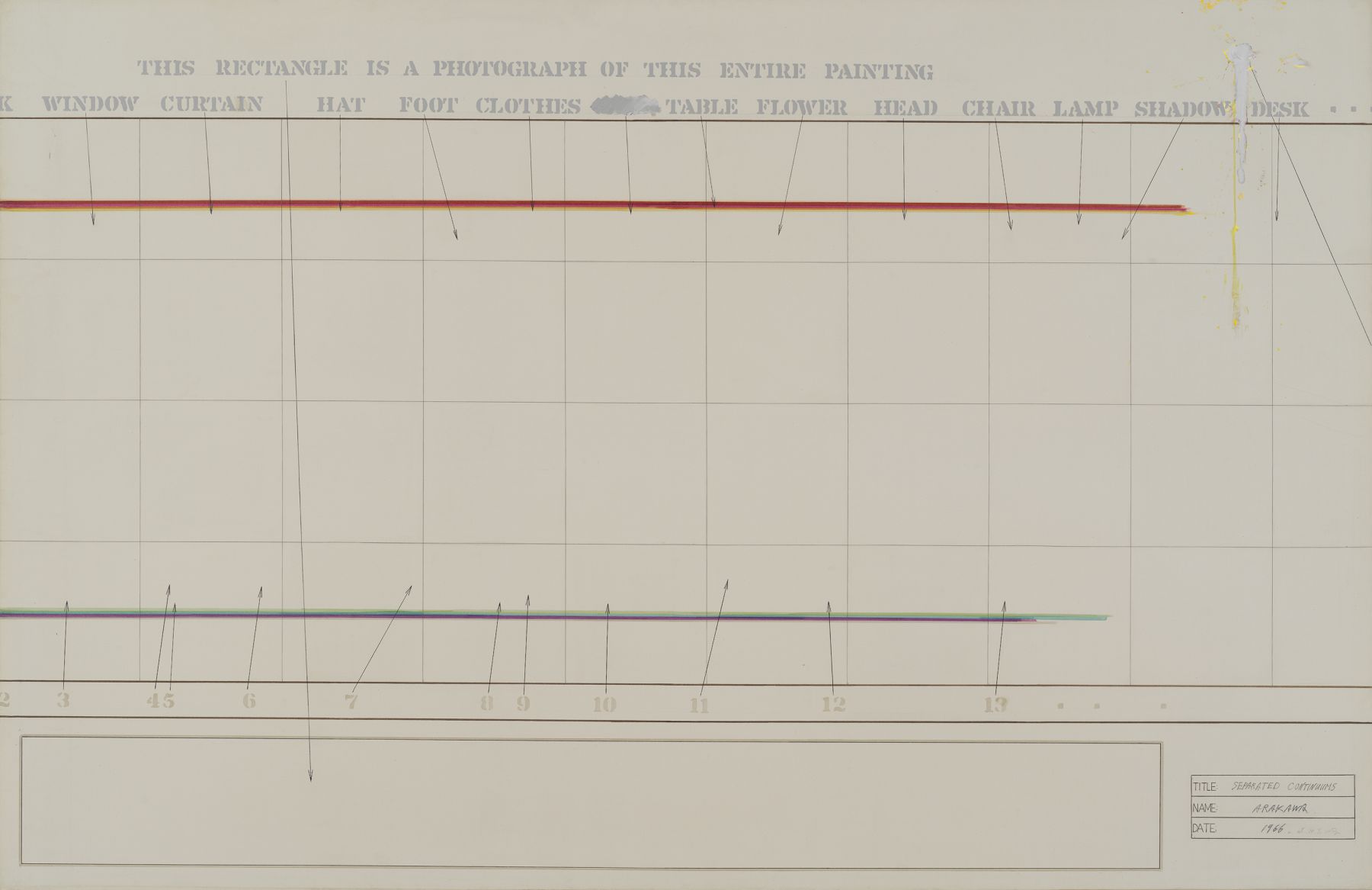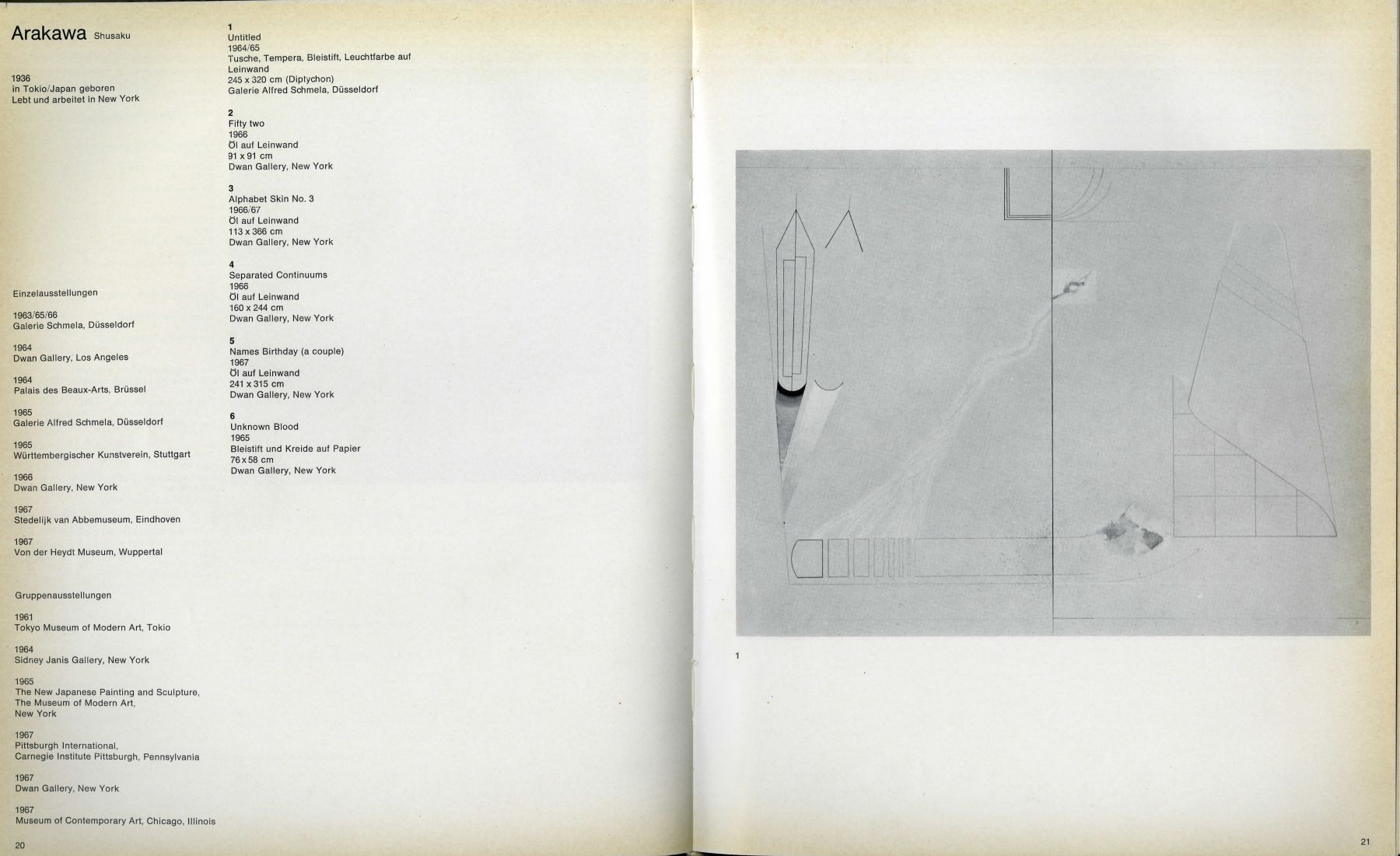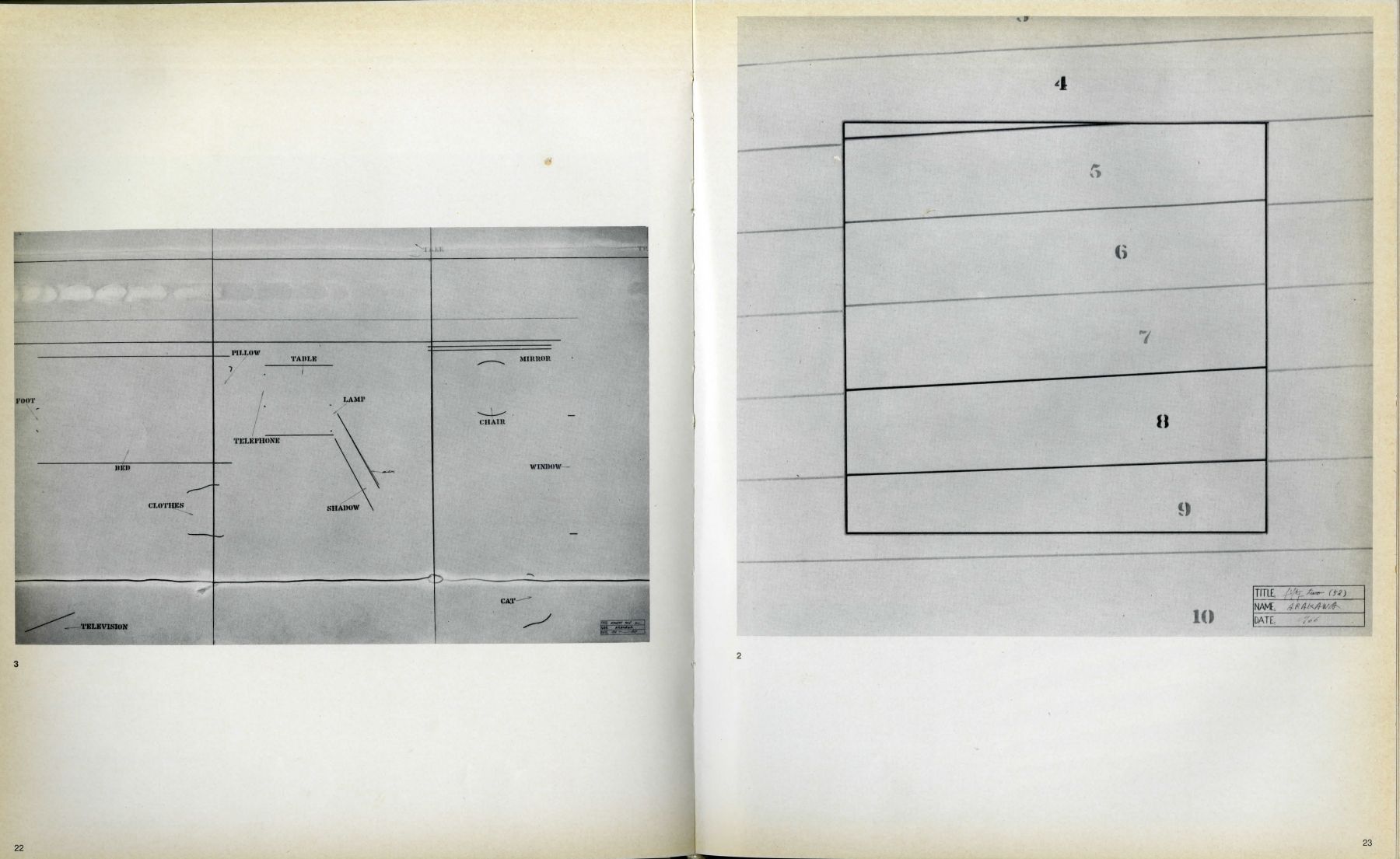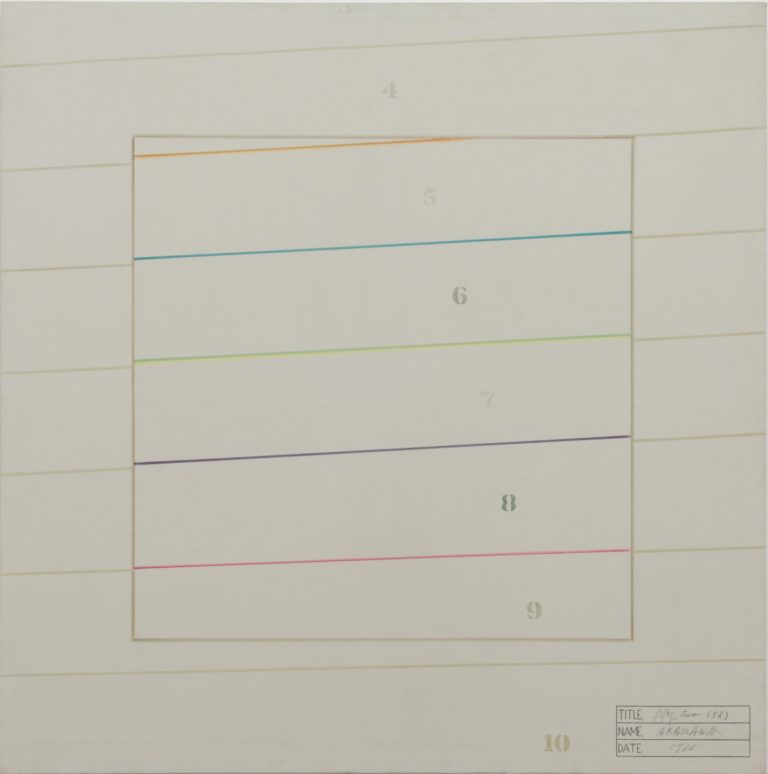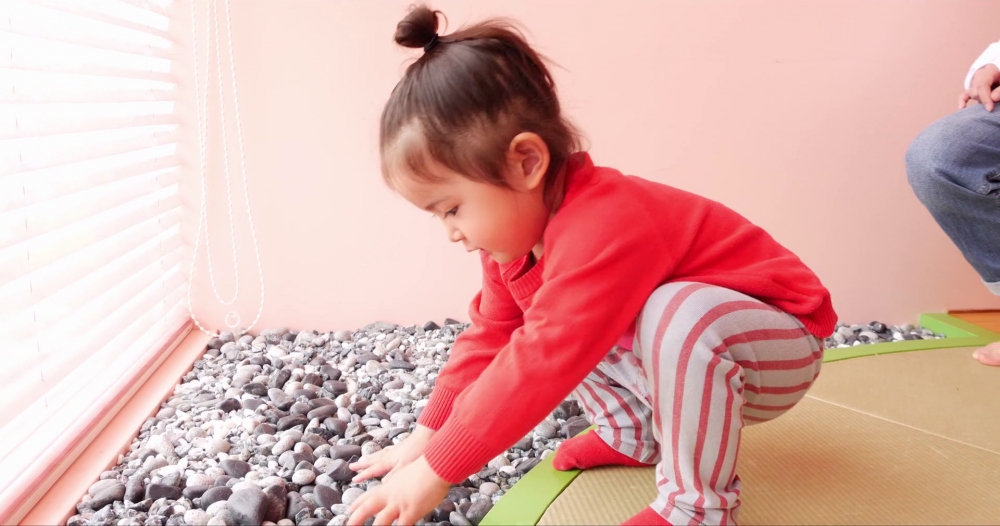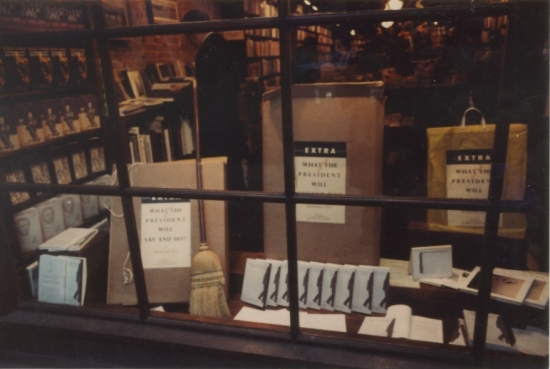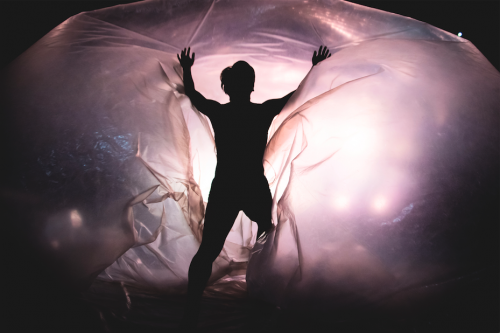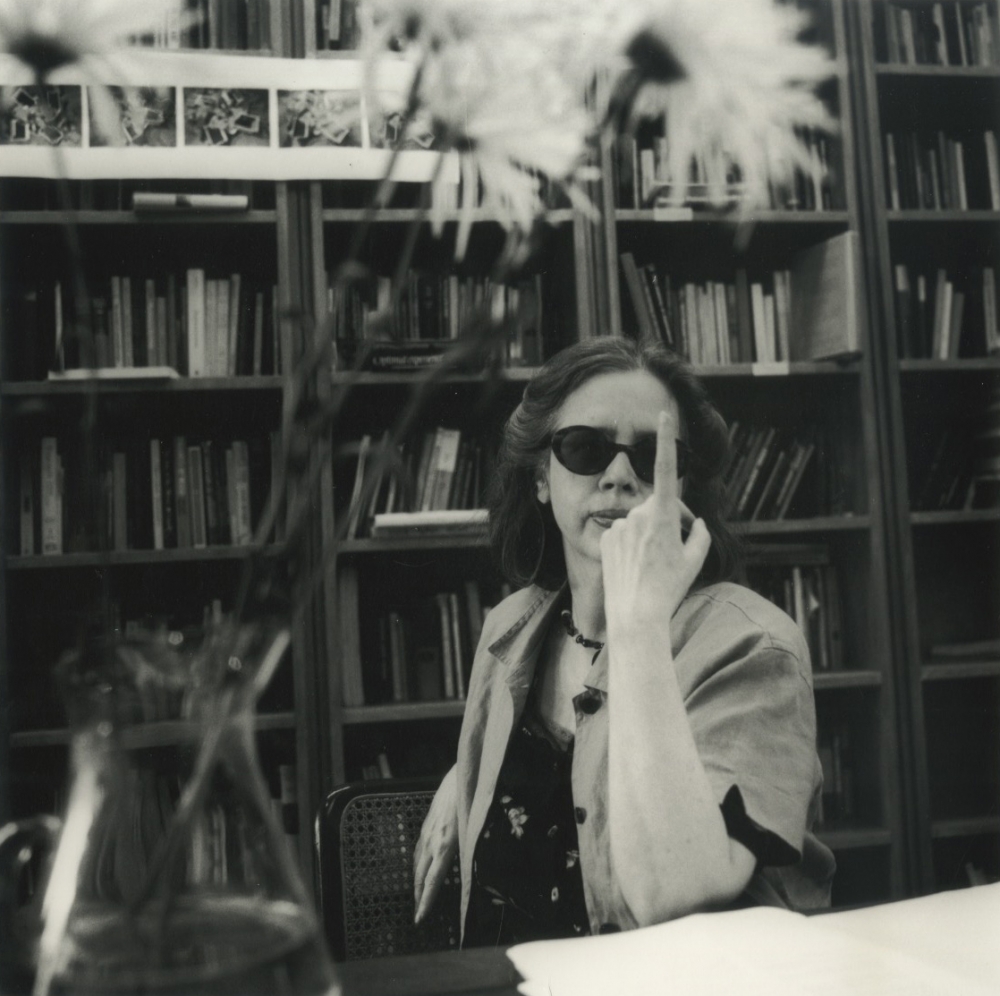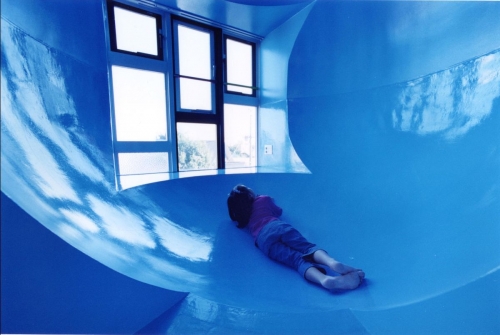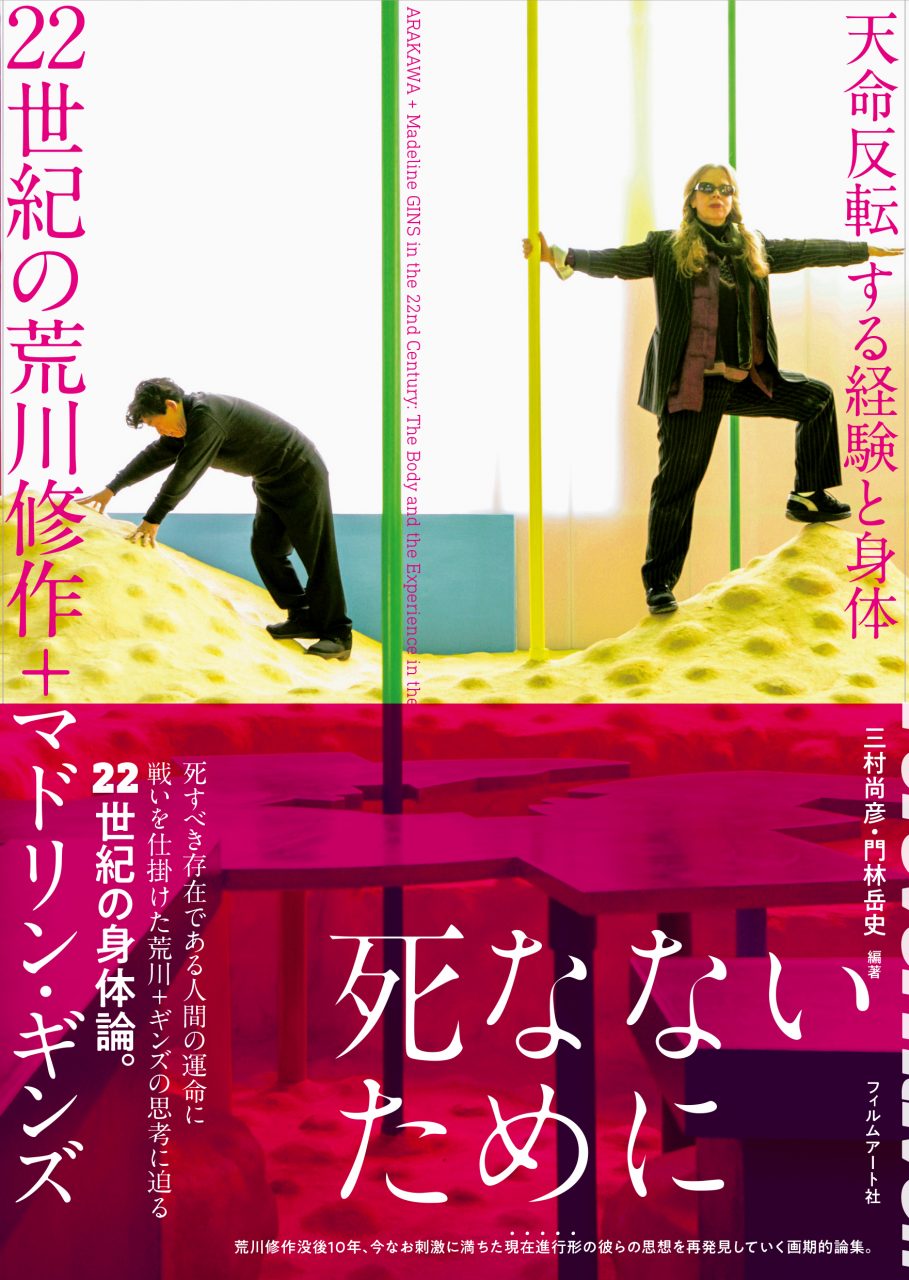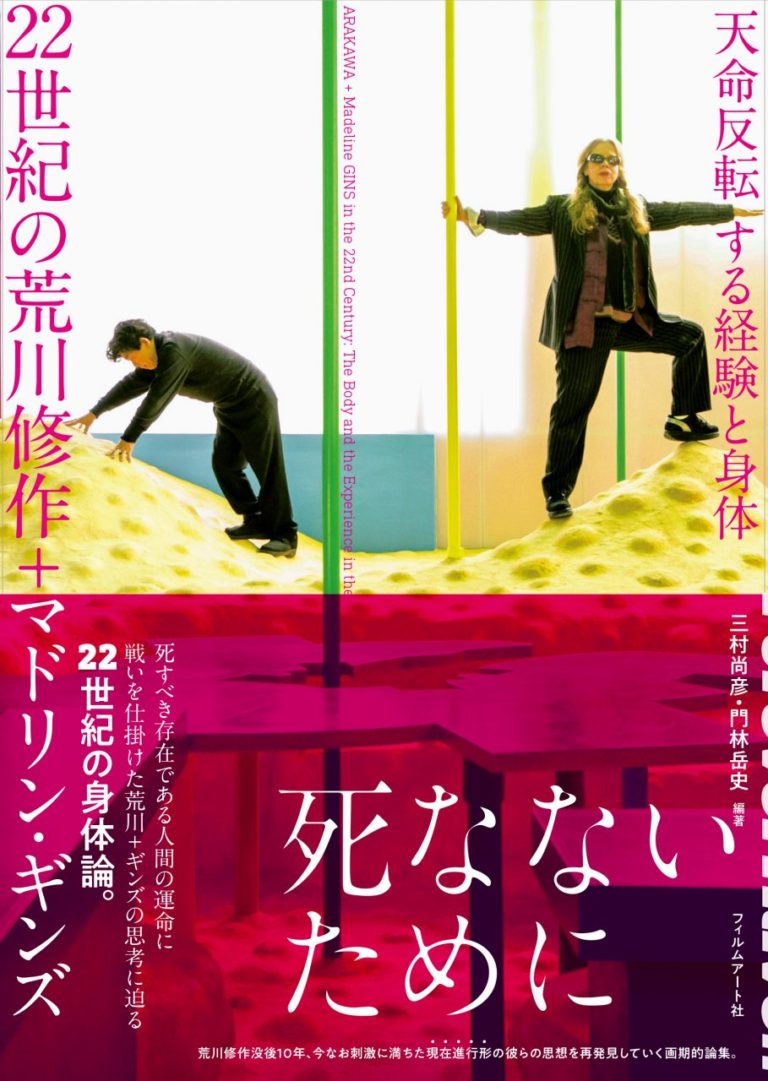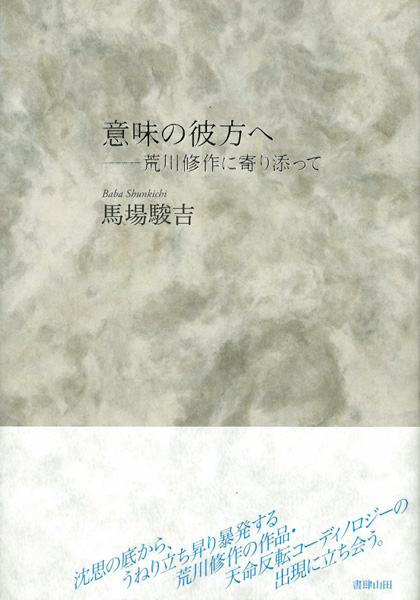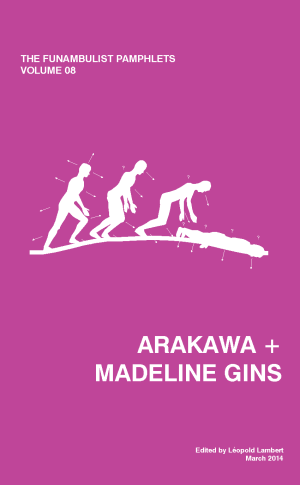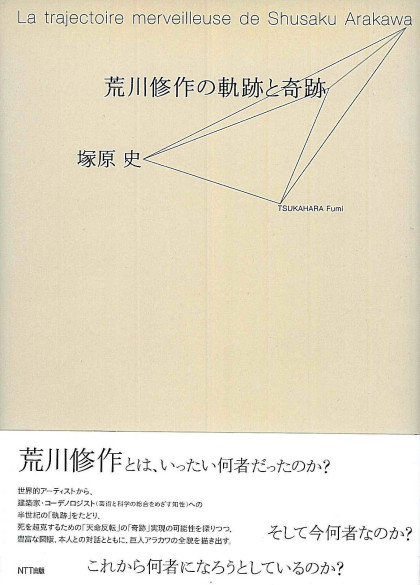The scope and impact of AG3 can be indicated, in a blunt way, by a few statistics. There were 4000 users (separate IP address) logged into the website over the 14 days of the online conference equating to 2000 and 3000 people if some logged in from home and work. The number of hits (accessing pages and movement from page to page was in the millions), but more interestingly the number of sessions for the conference, defined as a user logged in for at least an hour, was almost 500 per day and on the first weekend of the conference when between 800 – 1000 sessions were logged.
Bios: Conference Committee
Jondi Keane, co-organiser of AG3-Online, is an arts practitioner, critical thinker and senior lecturer at Griffith University. Over the last 25 years he has exhibited and performed in the USA, UK, Europe and Aus. His doctoral dissertation, Arakawa and Gins: The Practice of Embodied Cognition was the first PhD devoted entirely to Arakawa and Gins work. His recent creative projects include collaborative performance Separating Shadows for the 2006 Brisbane Festival, a residency with Arakawa and Gins to work on their Bioscleave House sound procedures and The Encyclopaedia of Mistakes, organiser of and exhibitor in the READING ROOM: Experiments in posture, movement and comprehension exhibition at the Slought Foundation, Philadelphia (2008) and collaborator on three site specific installation-performances with James Cunningham, Tuning Fork (at Judith Wright Centre for Contemporary Art in Brisbane, 2008; and Critical Path in Sydney, 2009). His scholarly work on embodiment, experimental architecture and practice-led research has been published in range of journals including Interfaces (2004) Janus Head, Ecological Psychology, Text and book chapters in the Gilles Deleuze: Image and Text (Holland Smith and Stivale Eds., 2009, Continuum) and in forthcoming volumes: on Arakawa and Gins (Lecercle, J-J., and Kral, F., Eds., Rodopi Press) and Carnal Knowledge: New Materialism through the Arts (Bolt, B. and Barret E. Eds., I B Tauris). https://jondikeane.com/
Martin E. Rosenberg, co-organiser of AG3-Online, is an independent scholar, specializing in the cultural implications of science and technology. He has focused mainly on the history of “emergence” in science, philosophy and the arts: Poincare, Bergson and Duchamp; Pound, and the epistemological foundations of fascism in reversible models of time; the novels of Thomas Pynchon, the Nobel work of Ilya Prigogine in chemistry and physics, as well as the cognitive science of Humberto Maturana, Francisco Varela and Edwin Hutchins, and the philosophy of Gilles Deleuze. He has authored numerous articles on Deleuze. His current research involves the relationship between theories of emergence in cognitive science, and the possible link between embodied and distributed cognition, through research on parallel processing with computers, jazz improvisation, cinema and the architecture of Arakawa and Gins. As a theorist, he has written on the relationship of metaphors (tropes generally) and epistemology, and the cultural work or agency of metaphors in trans-disciplinary inquiry. He has had a sideline in theories of hypermedia design, especially the role of metaphors in the design and implementation of information systems. He has written on physics and hypertext, on the role of complexity theory in the design of icon-driven interfaces, and on the modelling of the problematics of transdisciplinary inquiry in hypermedia. He is the co-creator of The RHIZOME Project_1989-92 (with Thomas I. Ellis); _Chess RHIZOME_1998-9; and the Multi-object Oriented, Multi-User Domain classroom space MER’s Fungal Palace at the Media Lab at MIT (1996-8). He was originally trained in classical composition and jazz arranging and performance, has authored over thirty jazz compositions, and has recently committed to practicing until he’s able to play and record again!
Trish Glazebrook, Professor of Philosophy at Dalhouse University in Halifax, Canada, and is cross-appointed to the School of Resource and Environmental Studies, International Development Studies, Gender and Women’s Studies, and the College of Sustainability. She received her PhD at the University of Toronto and publishes in Heidegger studies, ecofeminism, ecophenomenology, development studies, ancient philosophy, and philosophy of science and technology. With a monograph on Heidegger’s philosophy of science and editor of several collections, Patricia has established herself as one of the premier eco-feminist philosophers of science. Her current research focuses on women subsistence farmers in developing nations, with particular attention to climate change vulnerabilities and impacts, resilience and coping strategies, and gender mainstreaming in climate policy.
Russell Hughes, PhD Candidate/Sessional Lecturer, RMIT University. Russell Hughes’ research on Arakawa and Gins began in 2005 when he presented at the 1st International Arakawa and Gins conference at The University of Paris X Nanterre. Building on the themes of this conference Russell’s PhD thesis titled Ageing Biology, Immortalist Biopolicy, Promethean Biotechnology and a Diminishing Biosphere: The Ageing of Aquarius, Armageddon and Arakawa and Gins, is due for submission early 2010. Teaching at RMIT University in the School of Architecture and Design, Russell is a Centre for Sustainability Leadership 2009 Fellow whose work seeks to understand how Arakawa and Gins can be applied to the contemporary biopolitical context, both as an architecture to sustain human beings and as a heuristic device through which we might come to practice sustainability with the critical ecology of the earth.
Bobby George is currently a PhD student in the Department of Philosophy at Goldsmiths College. He is completing a primary dissertation entitled ‘Orson Welles: An Aesthetics of the Earth’ and a secondary dissertation entitled ‘I Love Arakawa and Gins: Forever, Always, Now; Or, Arakawa and Gins: Philosophers of Life.’ Most recently, he has been on leave in Sioux Falls, South Dakota where, with his wife June, he has established The Baan Dek Montessori.
The AG3 Online conference committee would like to give special thanks to:
- Arakawa and Madeline Gins
- Inflexions journal: Special thanks to Erin Manning and Brian Massumi the founders of Inflexions journal, Inflexions staff especially Leslie Plumb the interface and issue designer, Toni Pape and the rest of the editorial committee.
- Curators of the Creative Responses for AG3 Online: Bill Lavendar, Alan Prohm and Jason Nelson.
- The Architectural Body Research Foundation: Special thanks to Joke Post and staff, NY, NY and to the staff of Reversible Destiny Lofts Mitaka, Tokyo with special thanks to Momoyo Homma.
- Matt Story for his editorial assistance.
- Griffith University: Prof. Andy Bennett, director of the CCR at Griffith University and the Centre Manager, Sarah Gornall as well as the Information Services Technical team of Sarah Vardy, Heidi Perrett and Jeroen van den Muyzenberg.
- At the Barnard event: The organization and teamwork of Martin E. Rosenberg, Joke Post, Serge Gavronsky
- At the Guggenheim event: Martin E Rosenberg, Alexandra Monroe and the Guggenheim staff.
- Philanthropists: Virginia Dwan, Francis Naumann, Amailia Dayan

